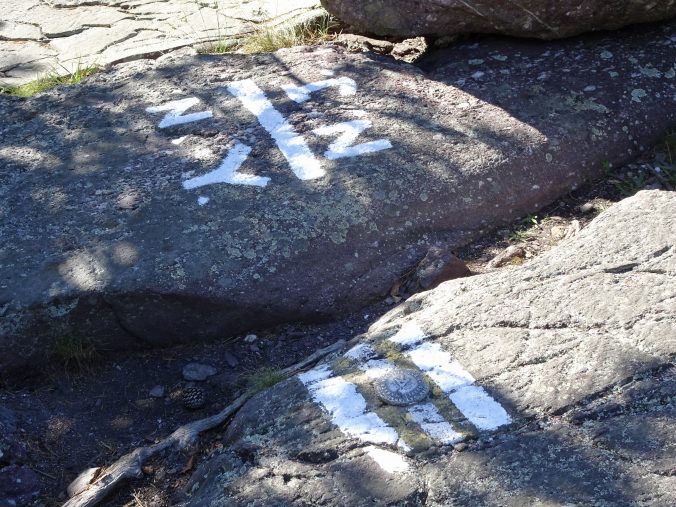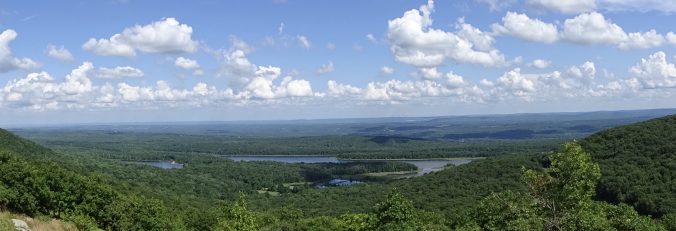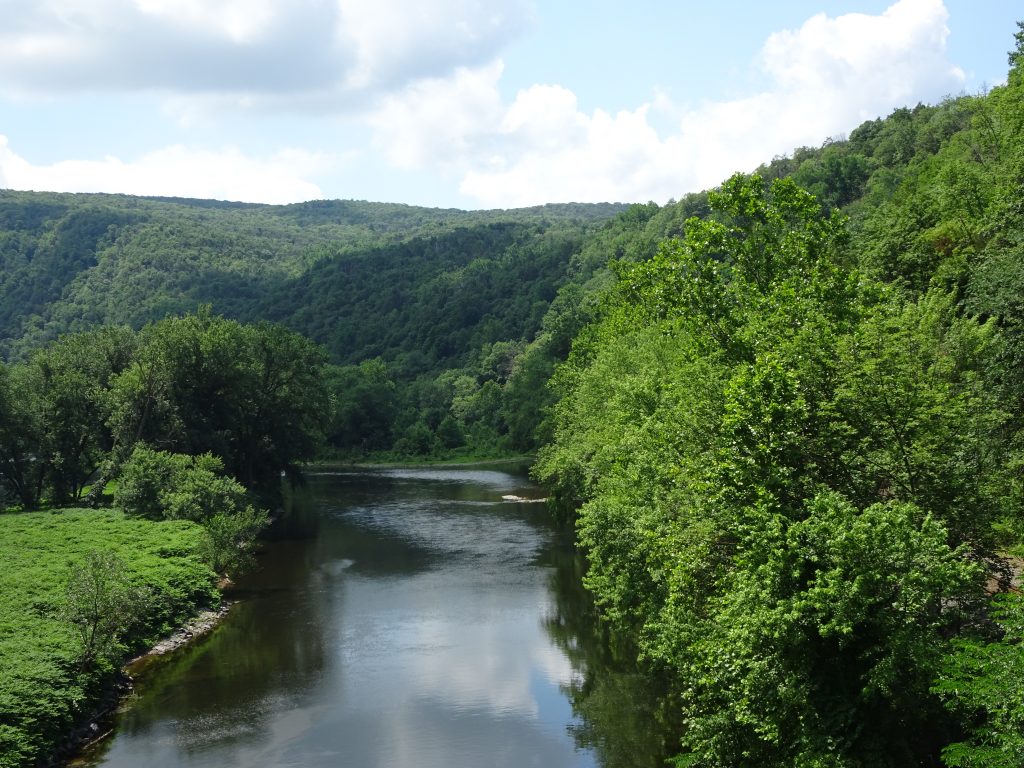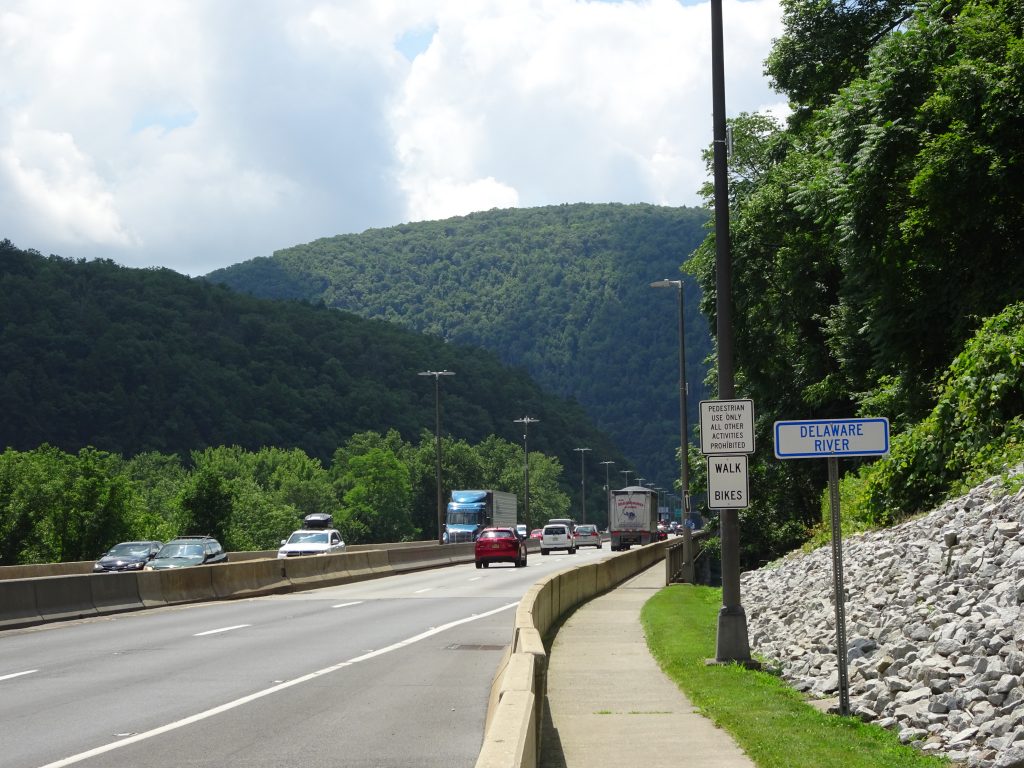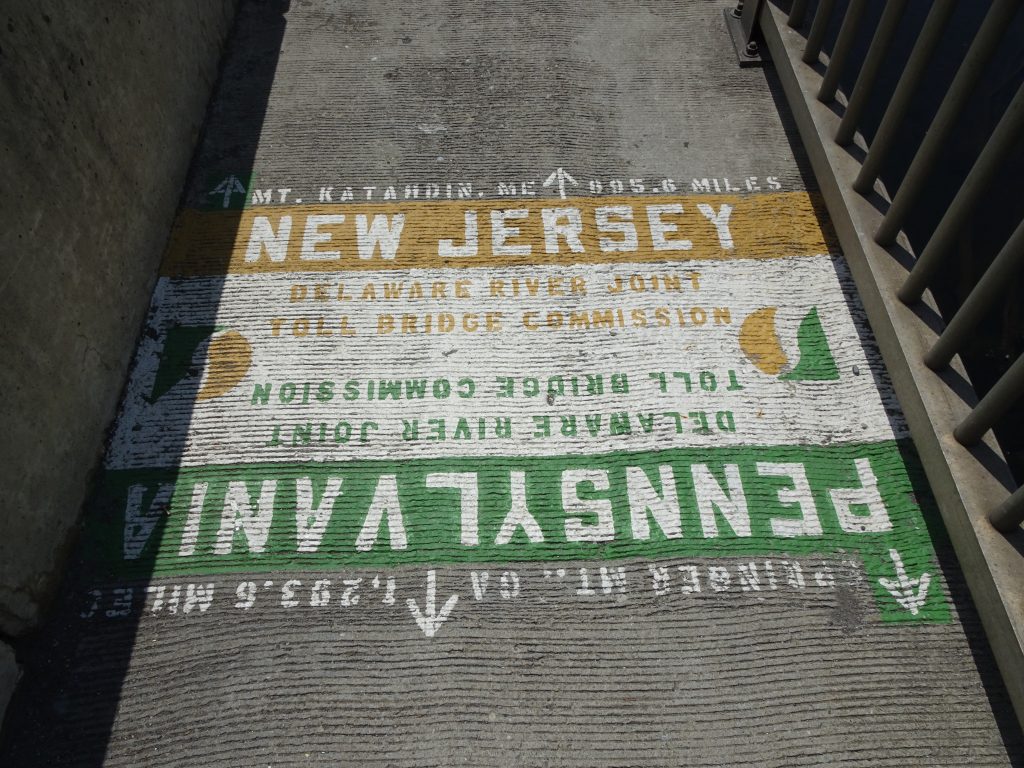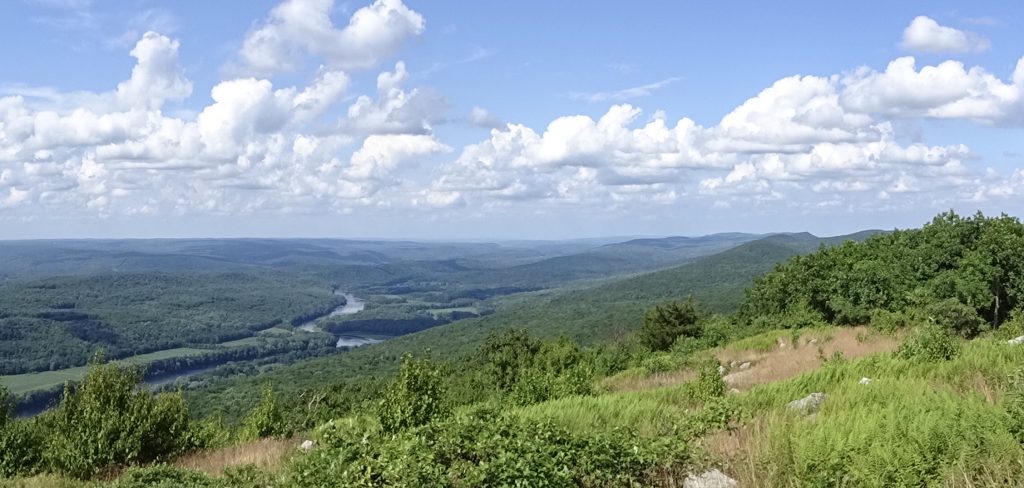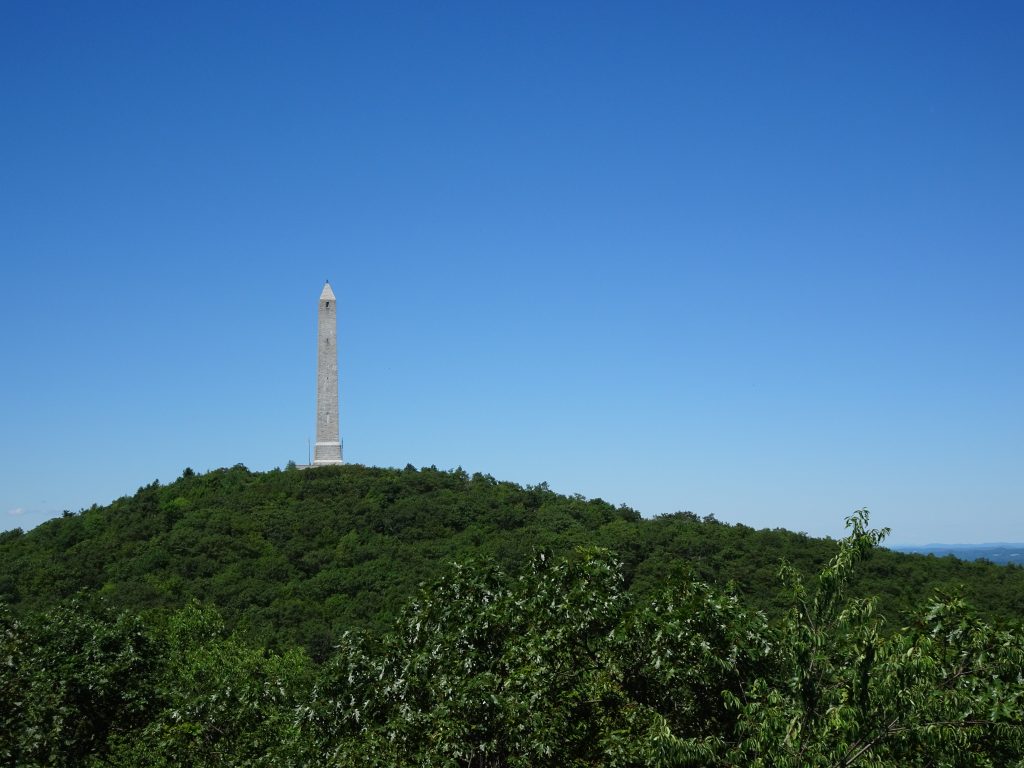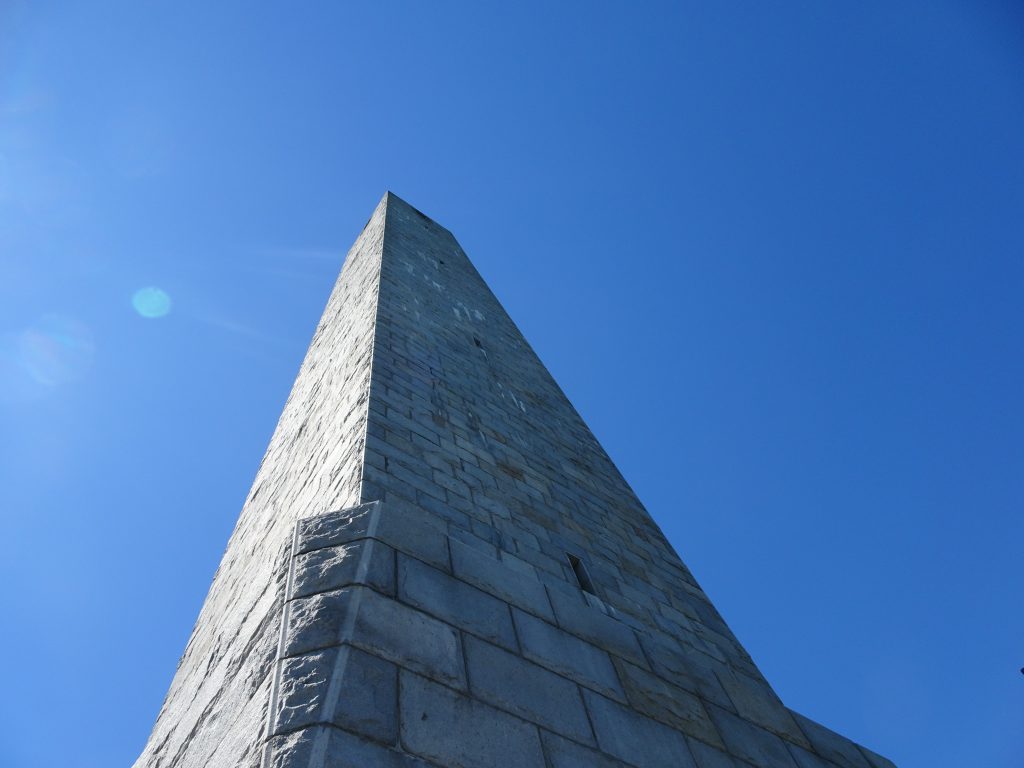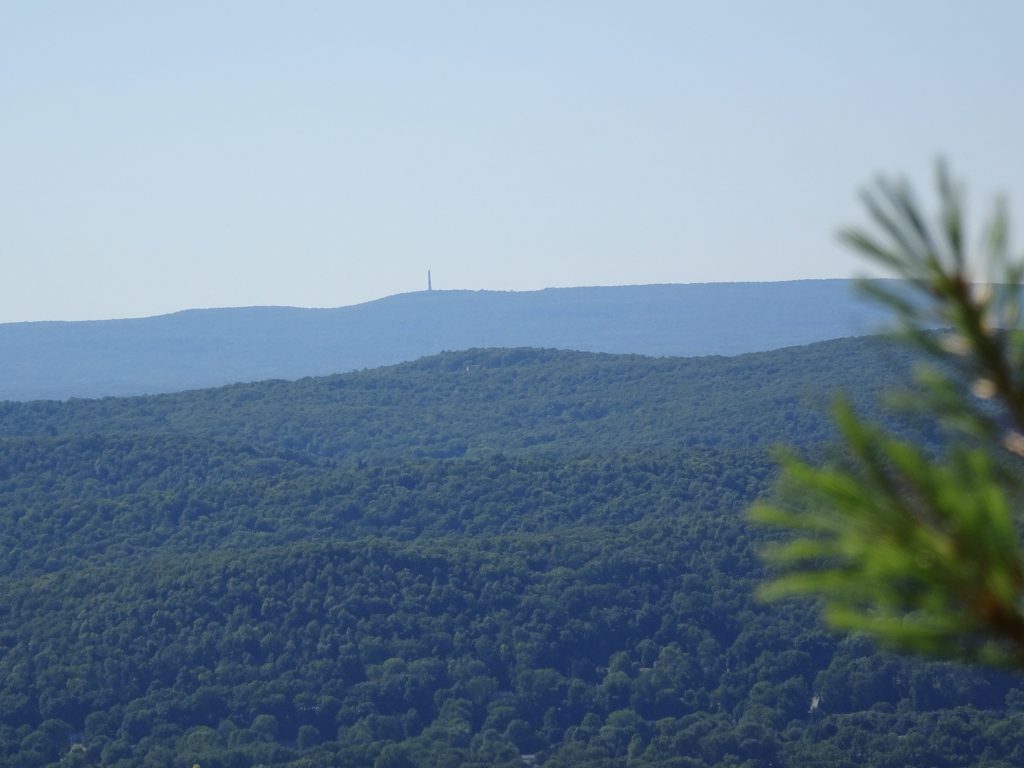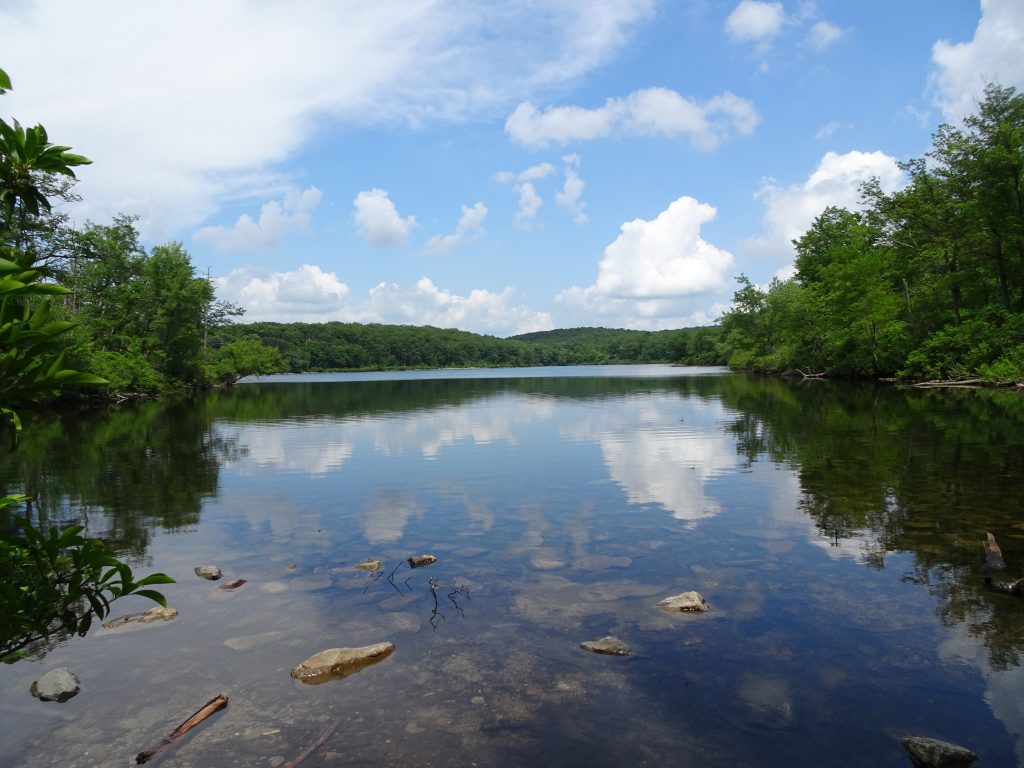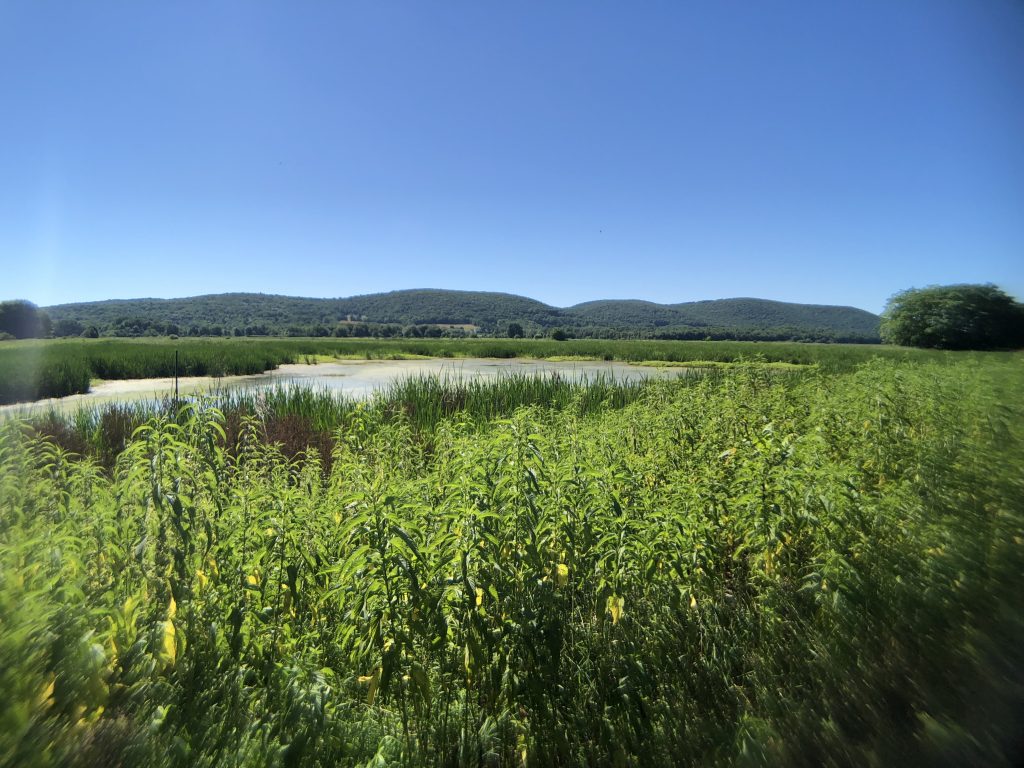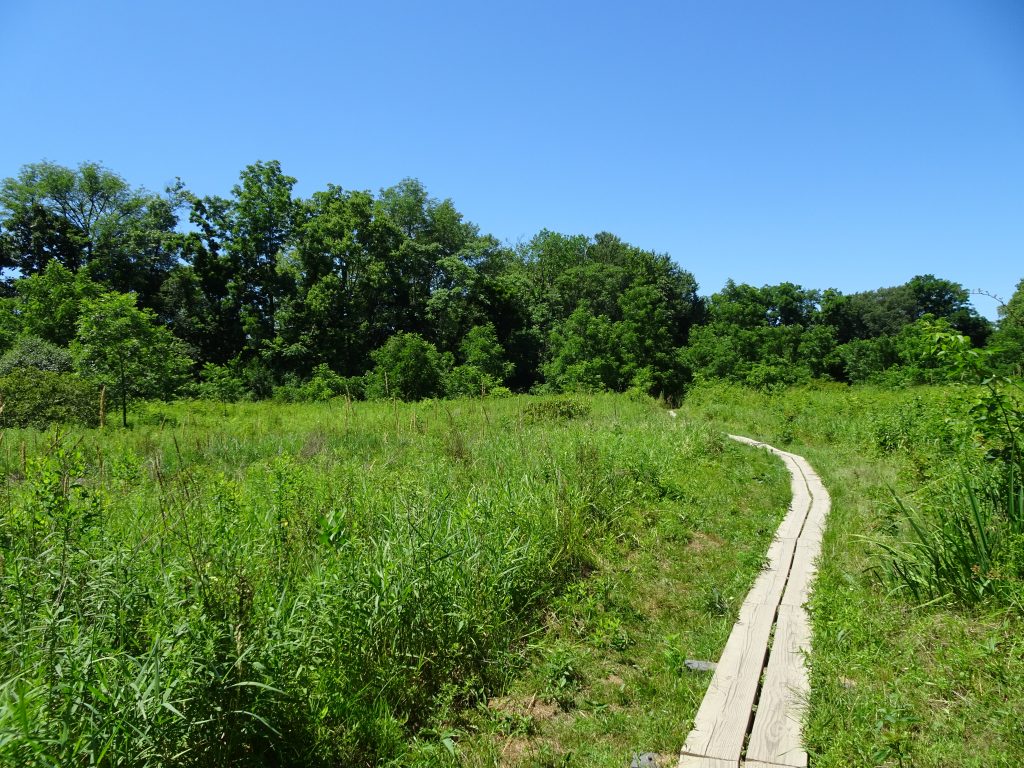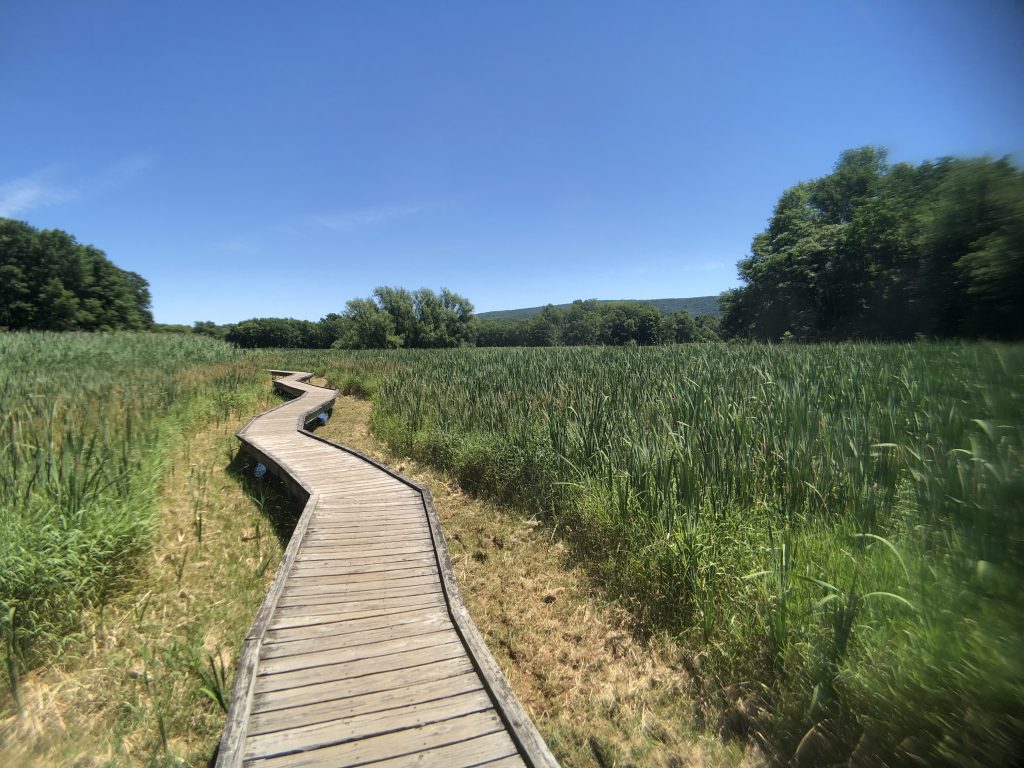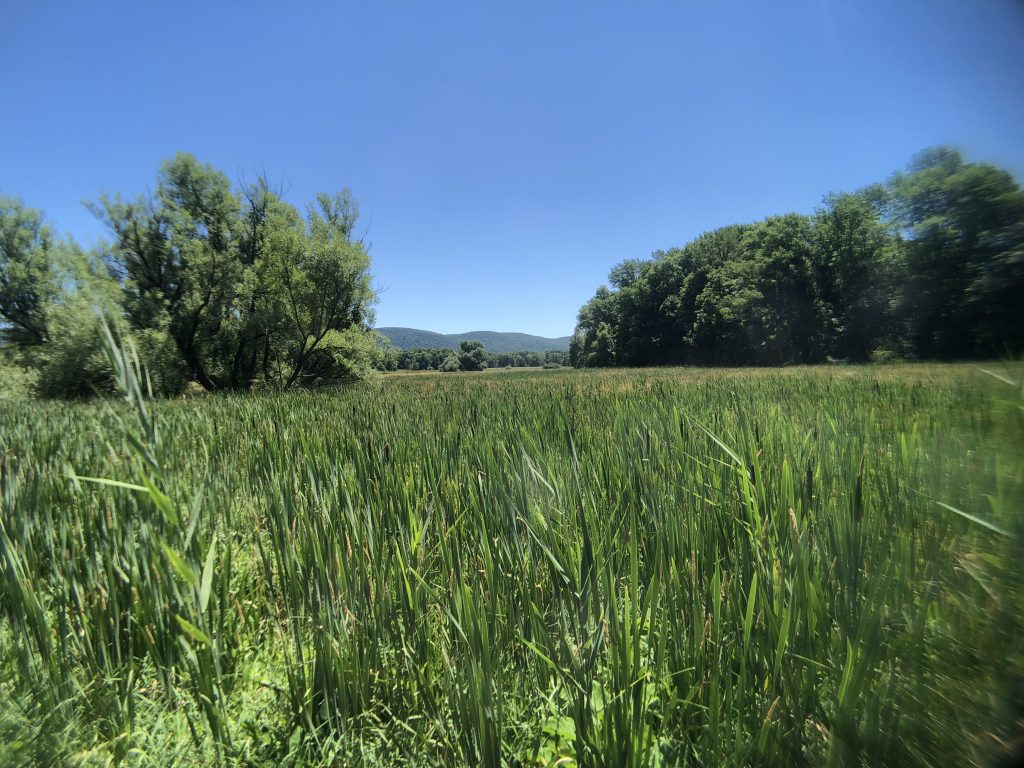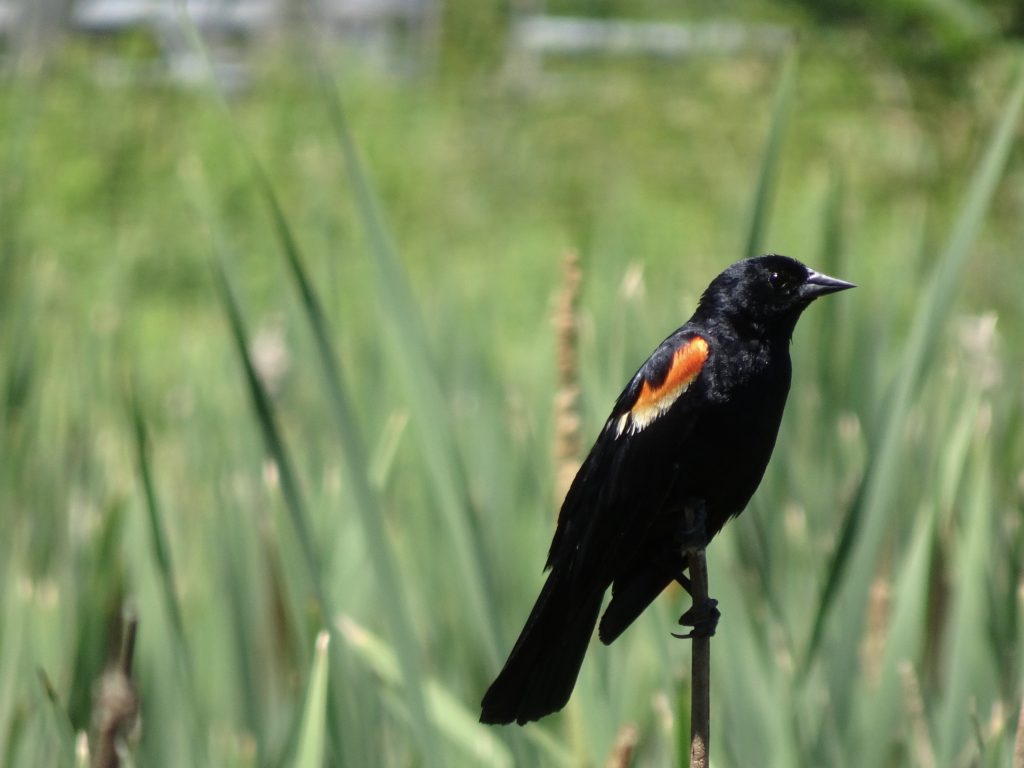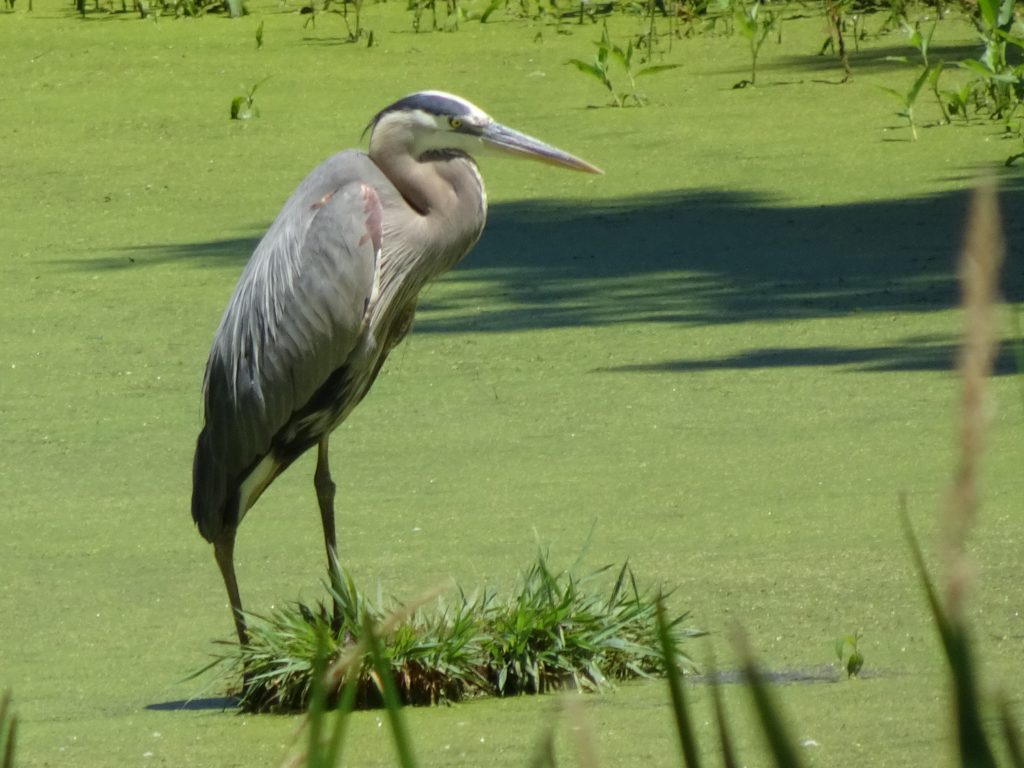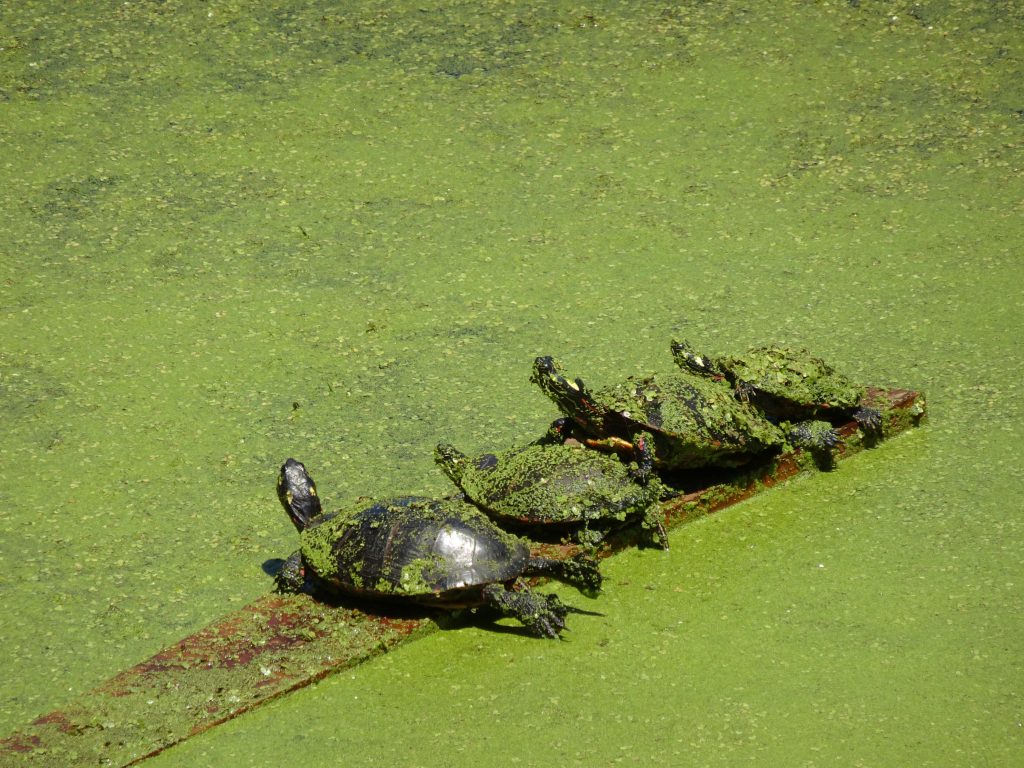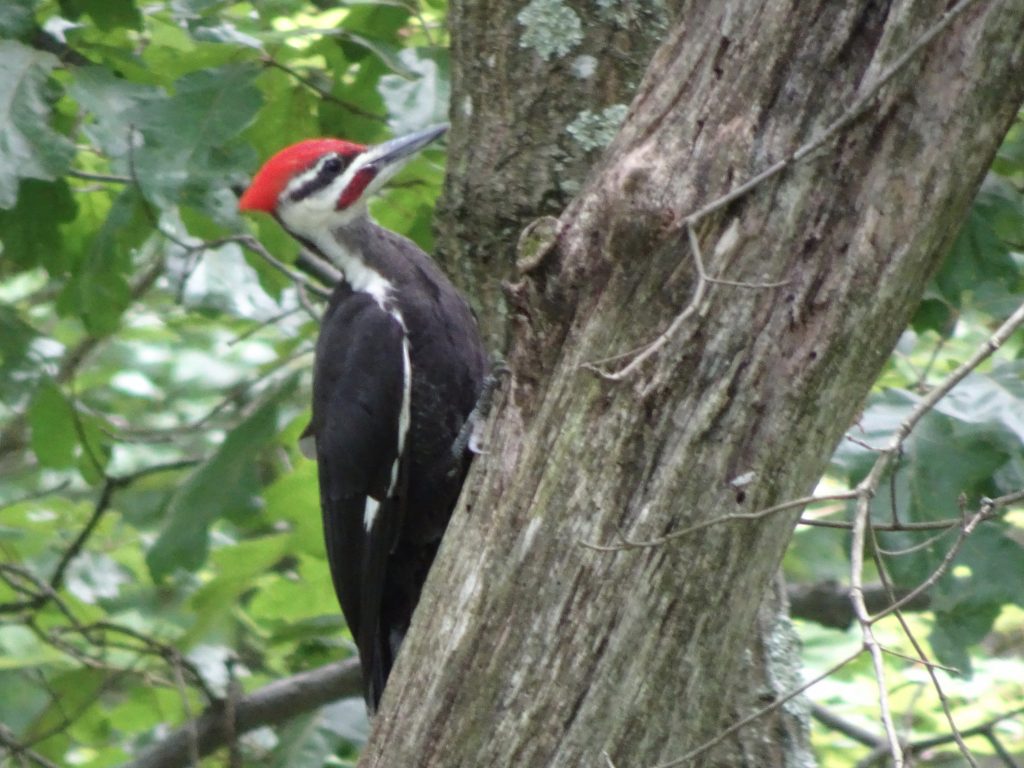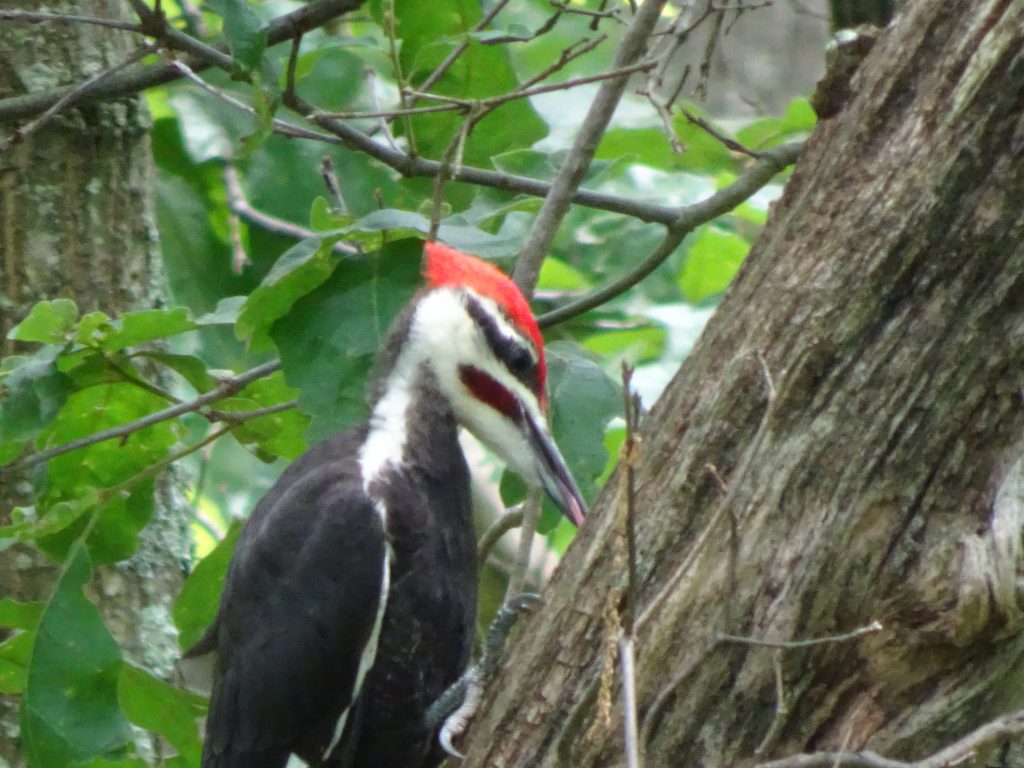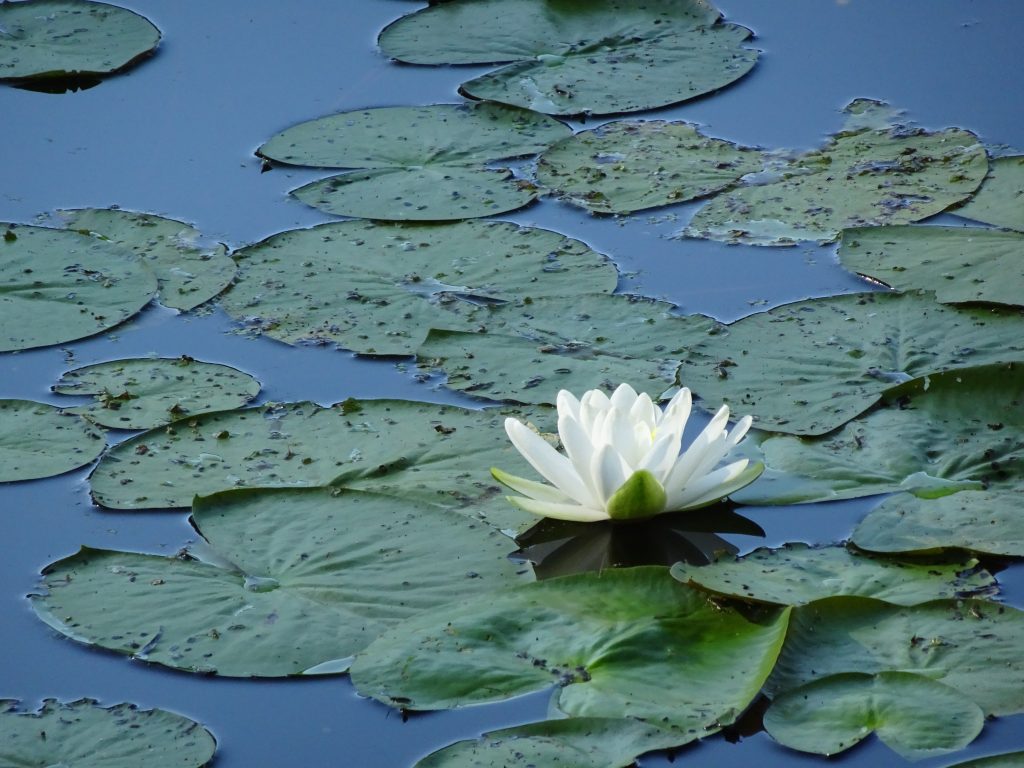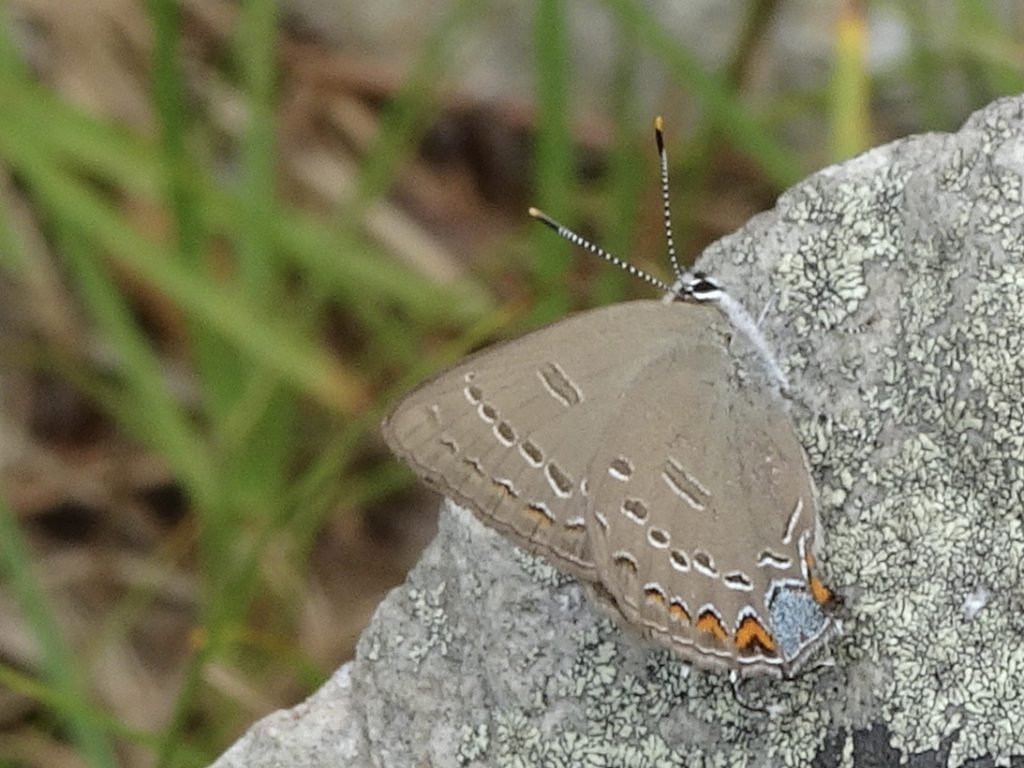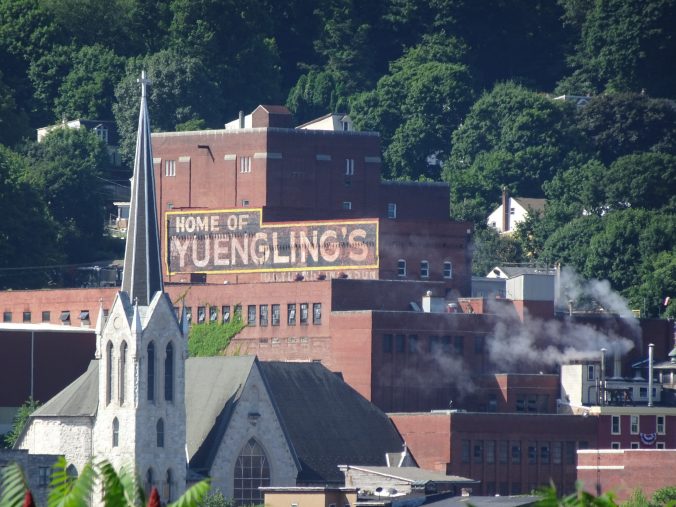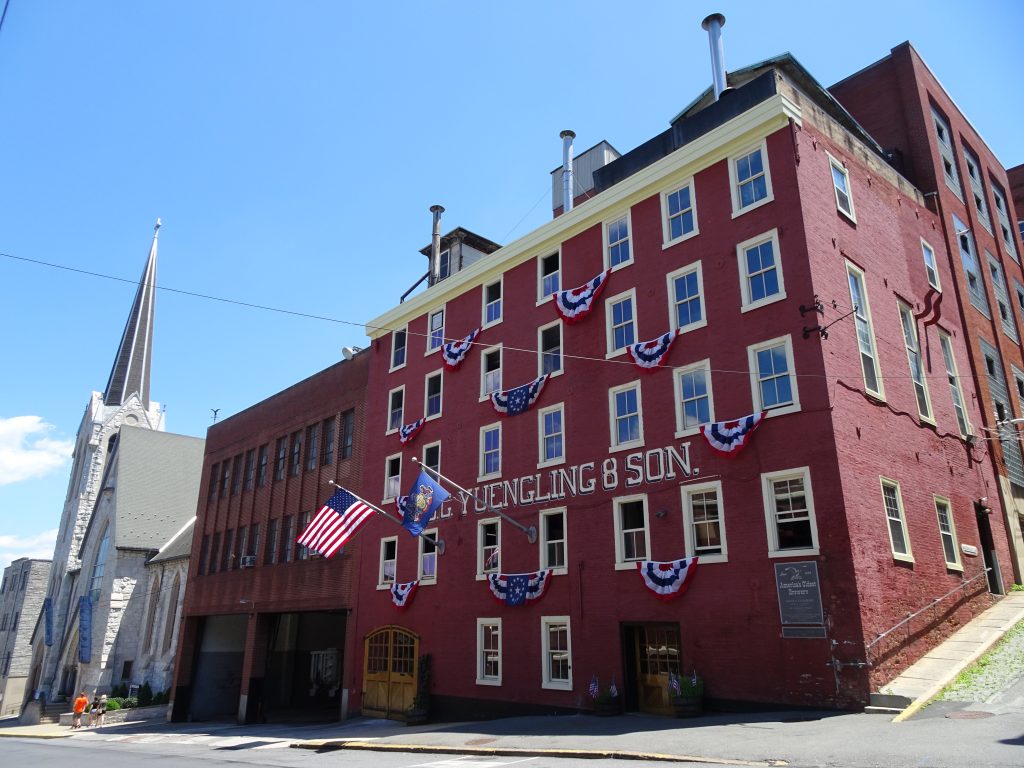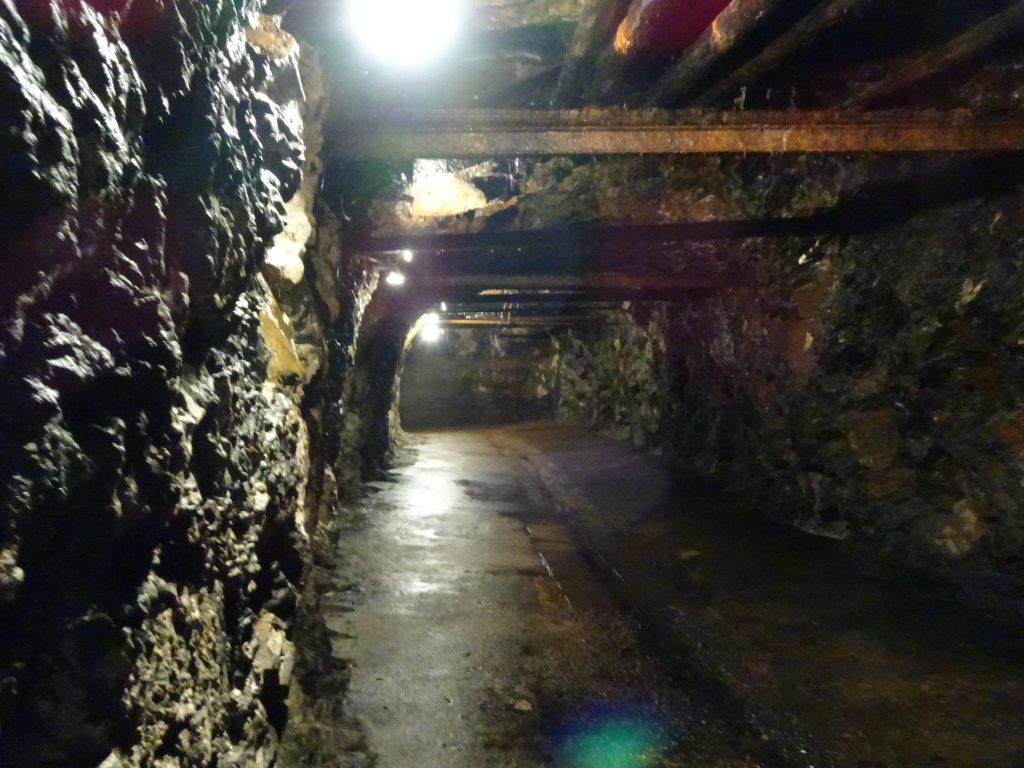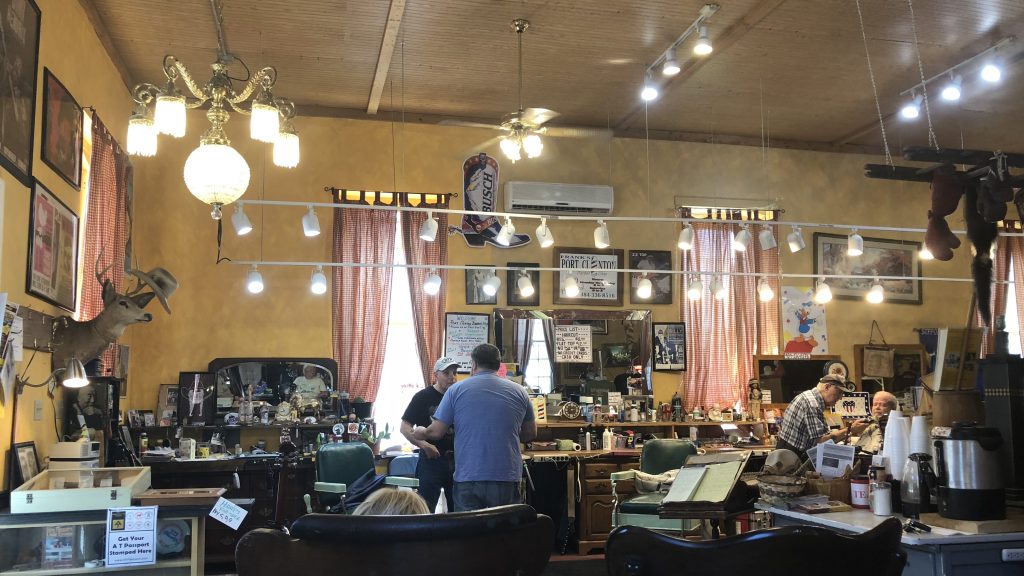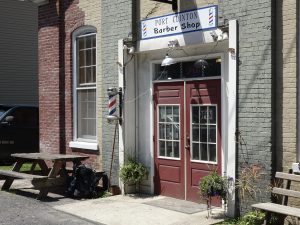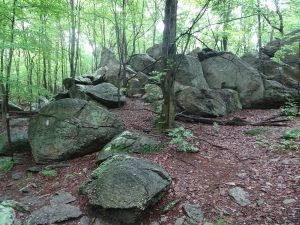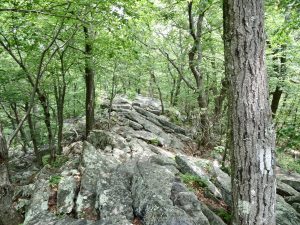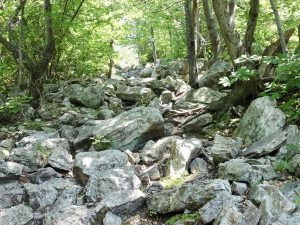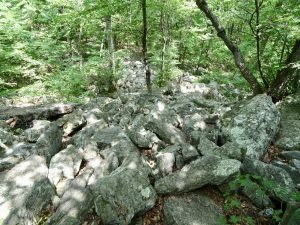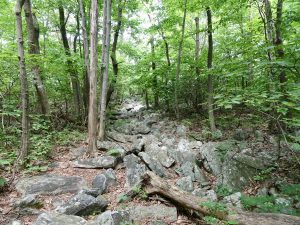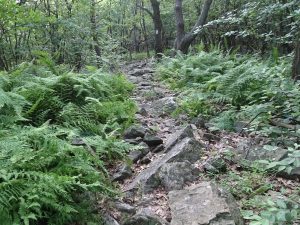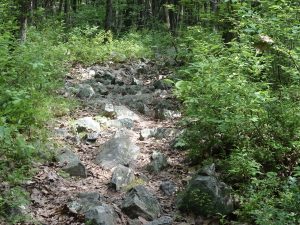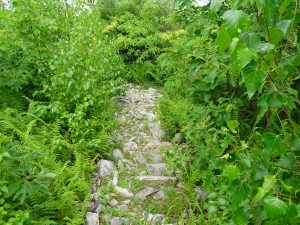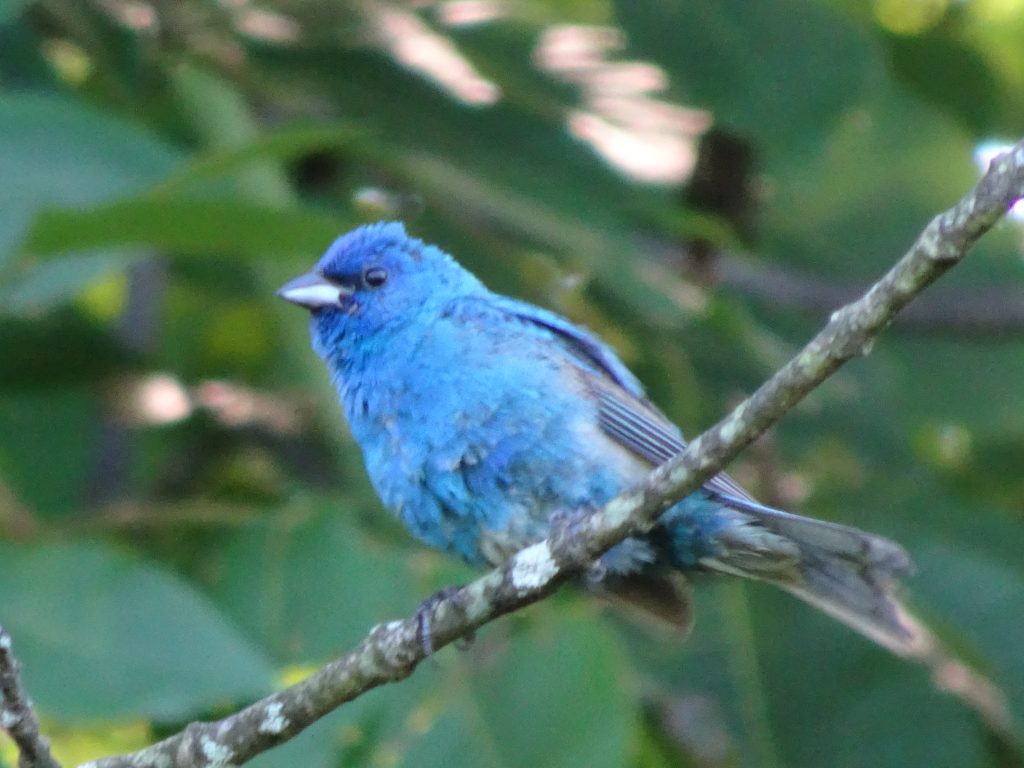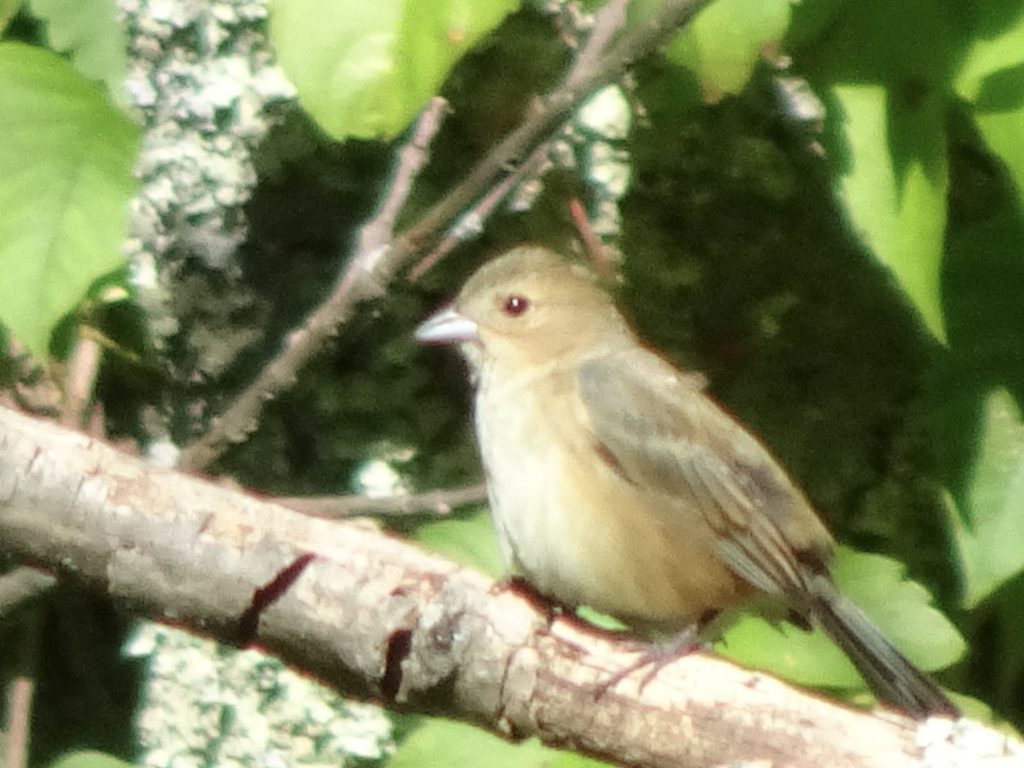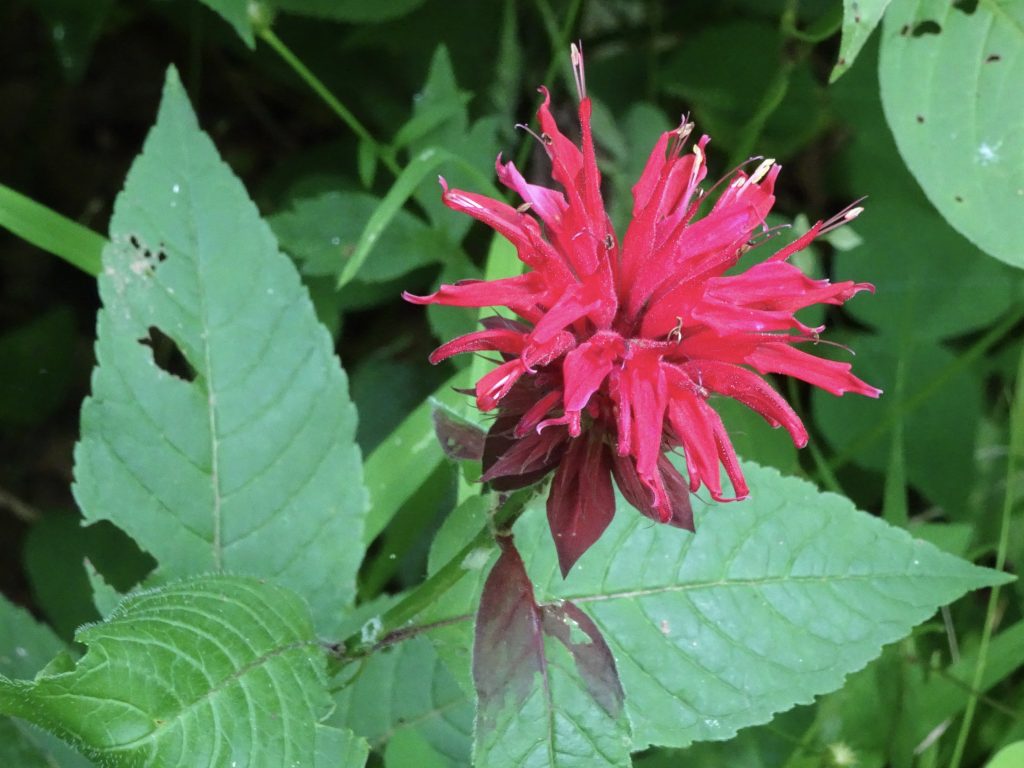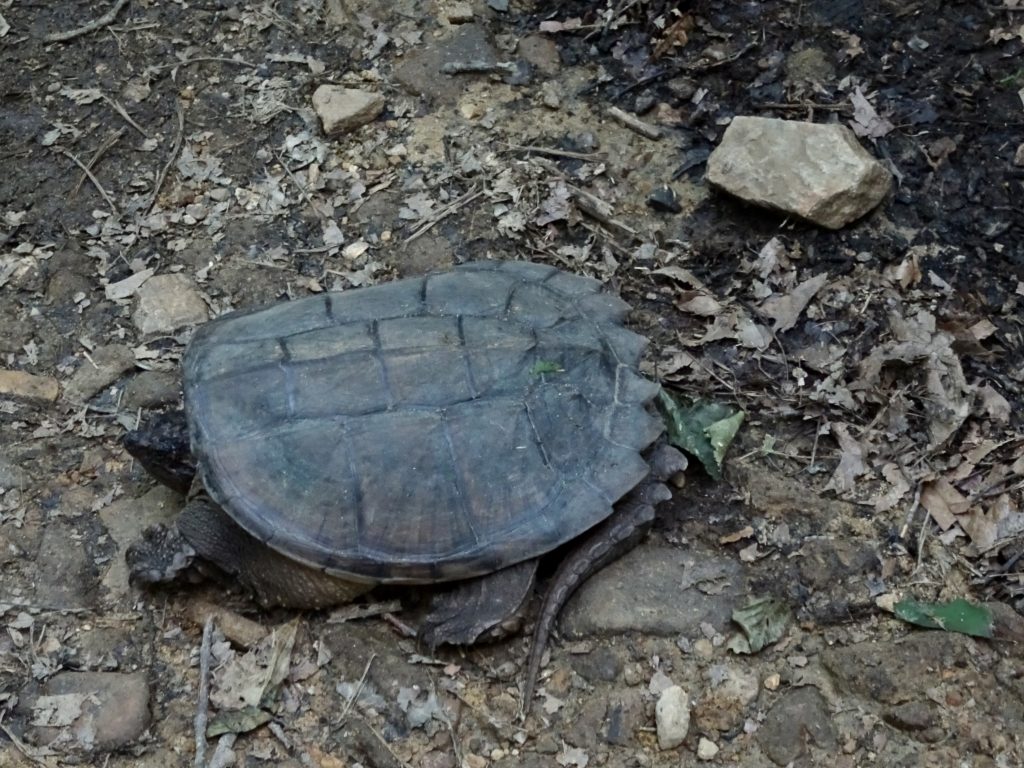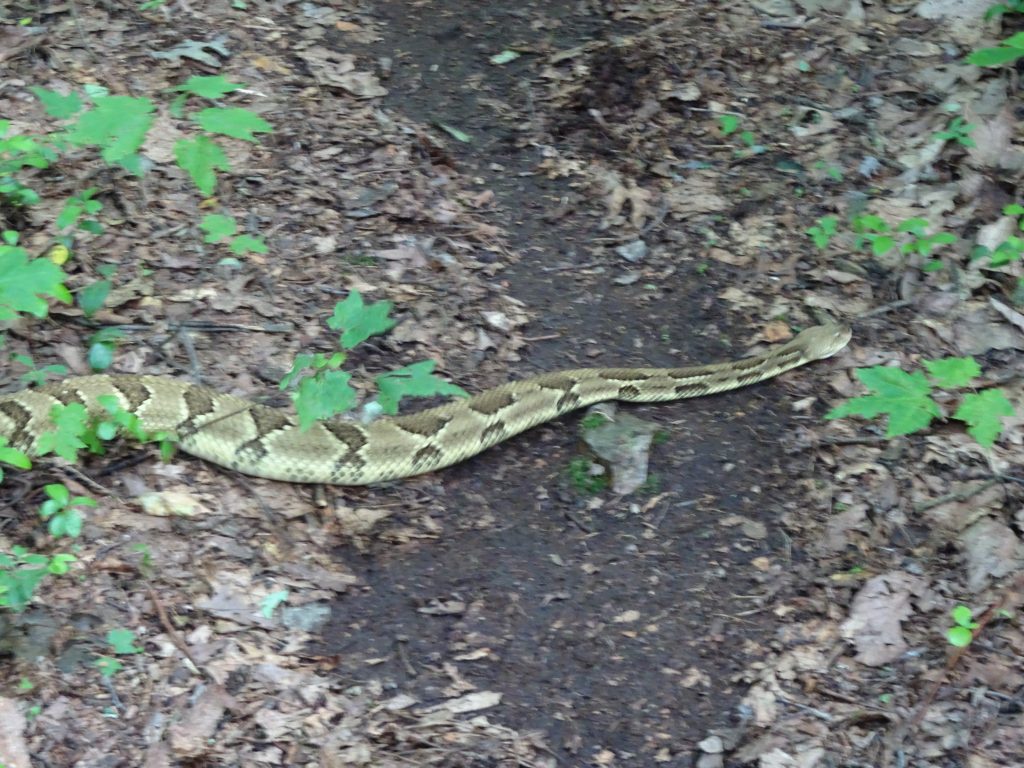Having grown up in Germantown, NY, hiking into New York was like a coming home. While the trail does not really go through my old stomping grounds, it does pass some of the icons of my childhood. The Hudson River, which was less than a mile from where I grew up, would be the first such landmark.
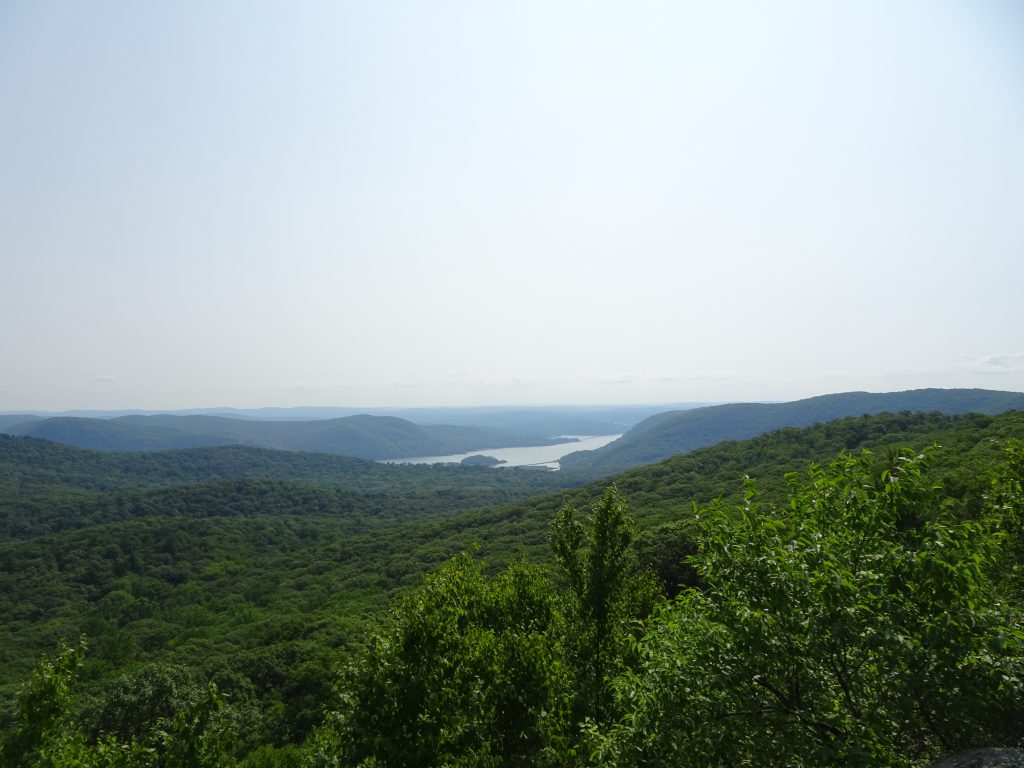
First view of the Hudson River
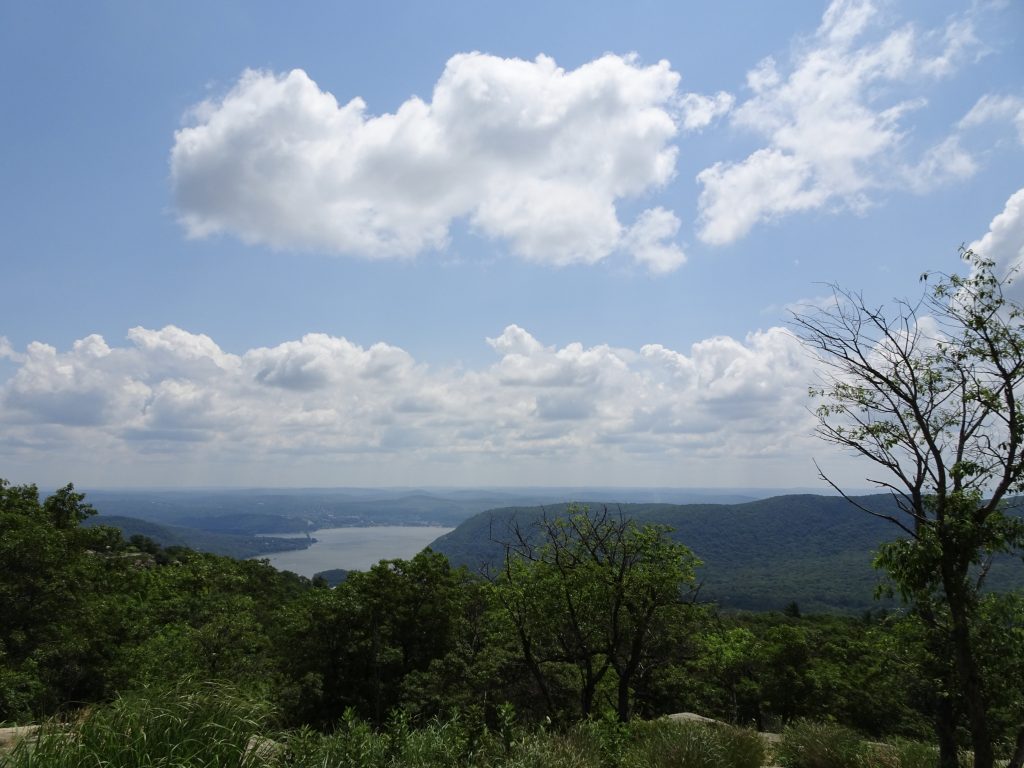
View of the Hudson from Bear Mountain
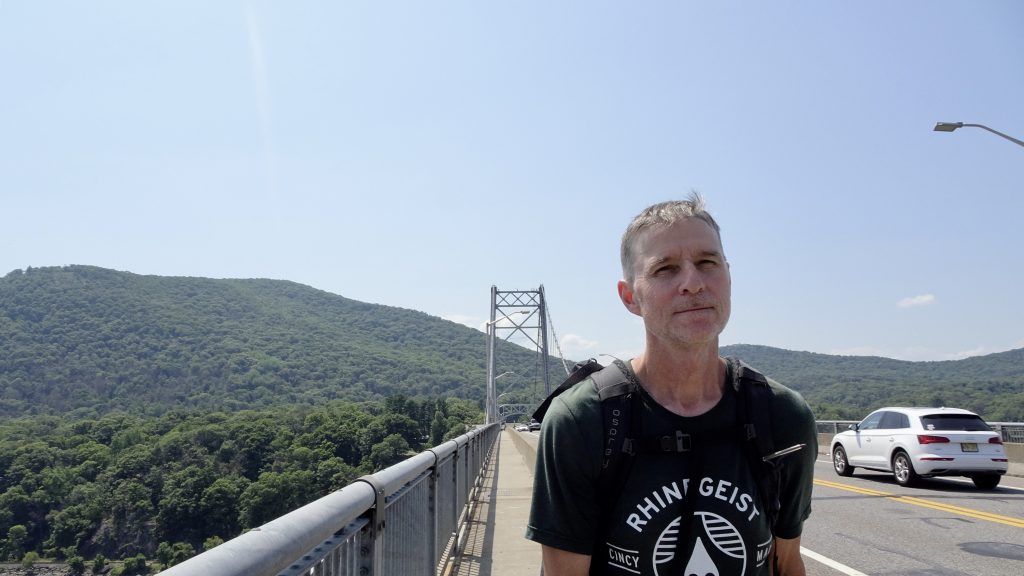
Crossing the Hudson on the Bear Mountain Bridge
Two other sentimental milestones were crossing US Route 9 and the Taconic State Parkway, both of which pass pretty close to my childhood home.
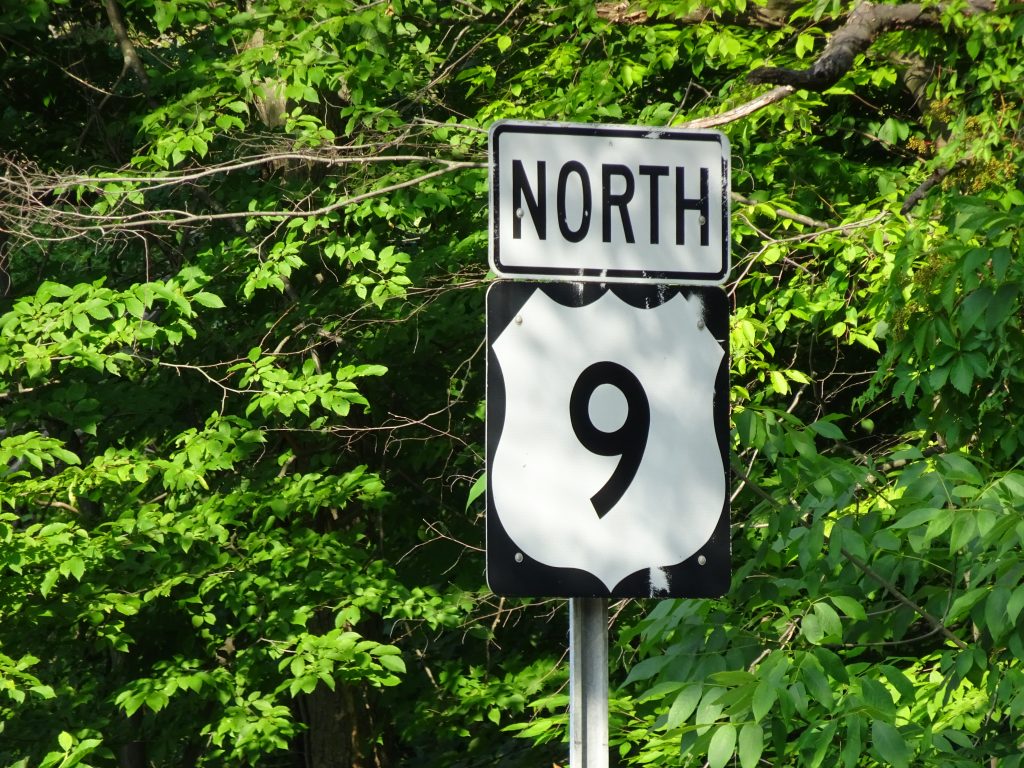
Welcome Home!
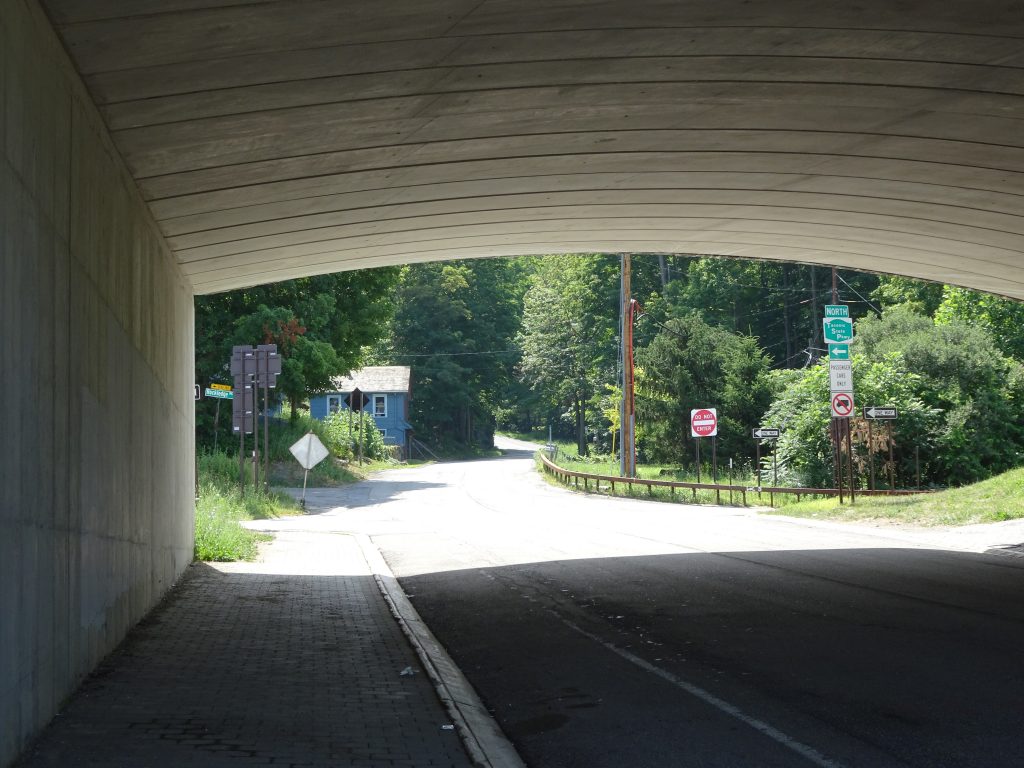
Crossing under the Taconic State Parkway
The AT takes a northeasterly path across the southern tier of New York State. The mountains in this region are less than 1500 feet of elevation, but are relatively rugged, having been carved up by erosion. The glaciers have left a labyrinth of rocky cliffs, outcroppings, shallow gullies, lakes, and swamps.
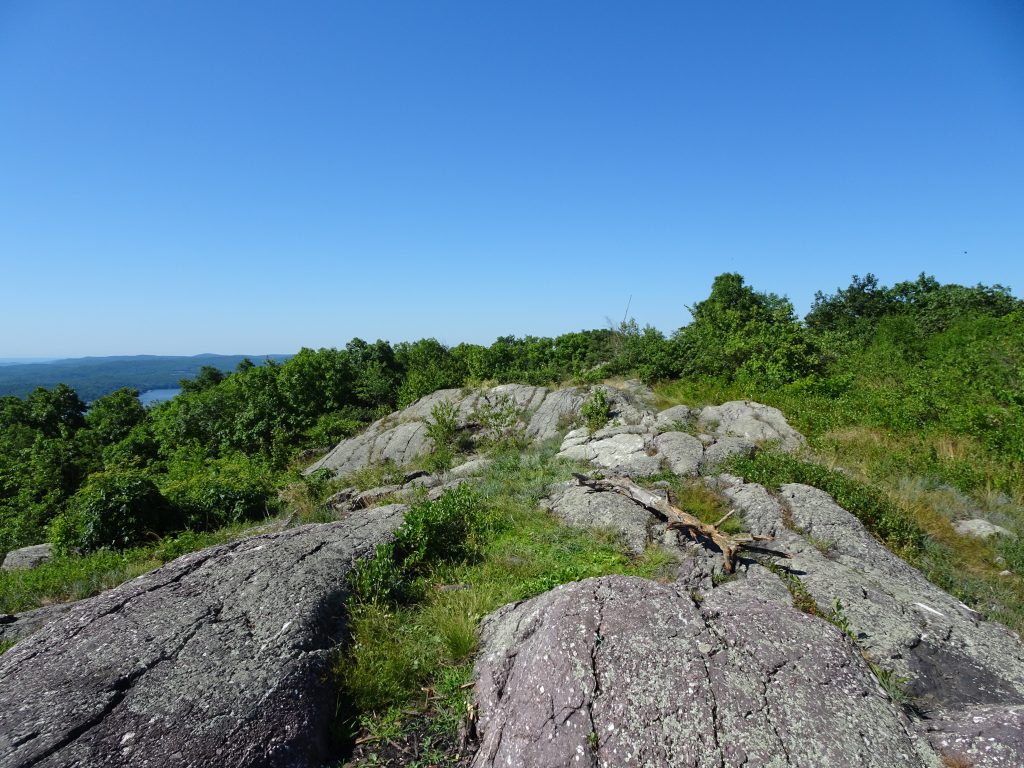
Solid rock
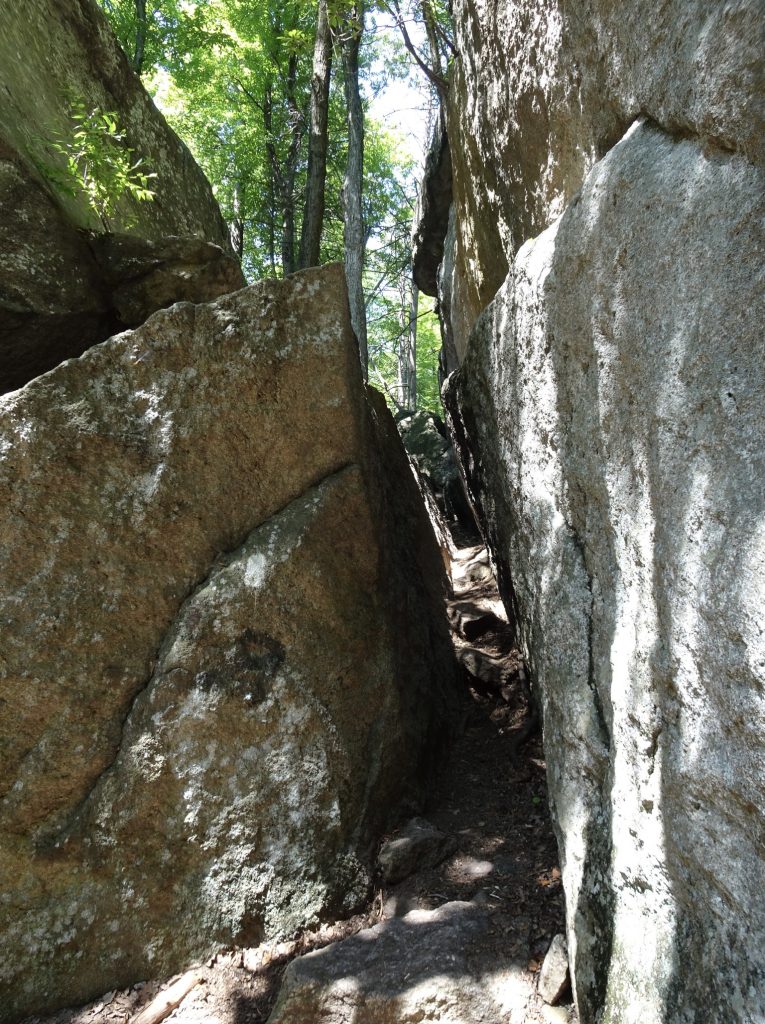
“The Lemon Squeezer”
Most impressive to me was the quantity and variety of the wetlands.
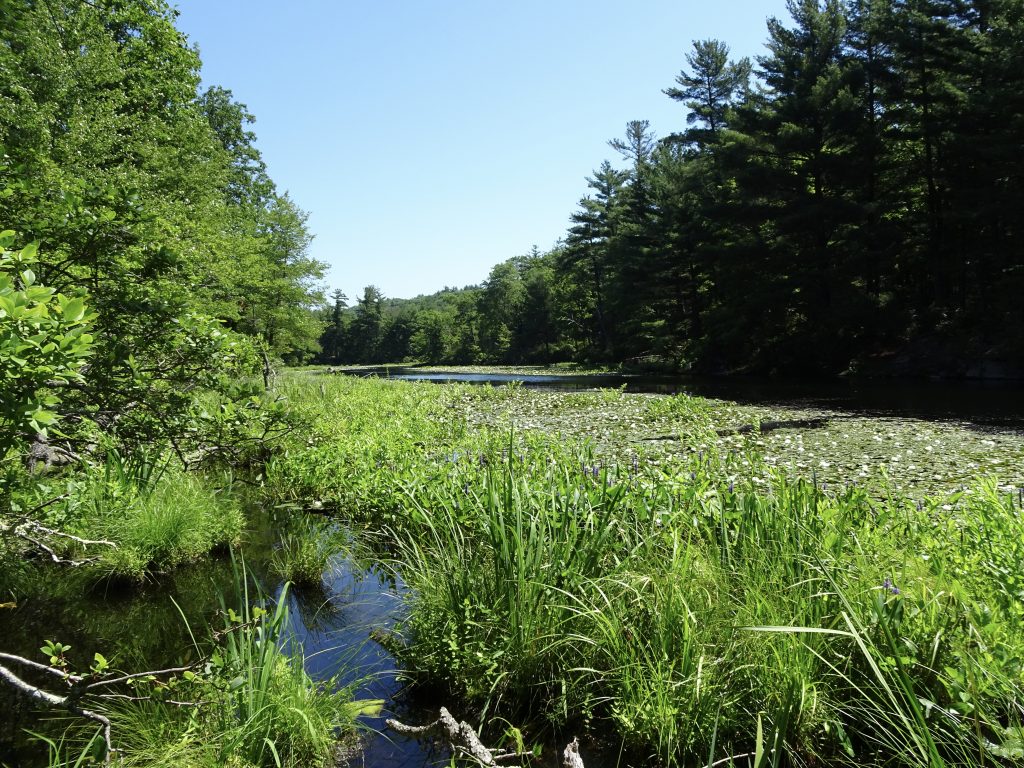
Mountain swamp
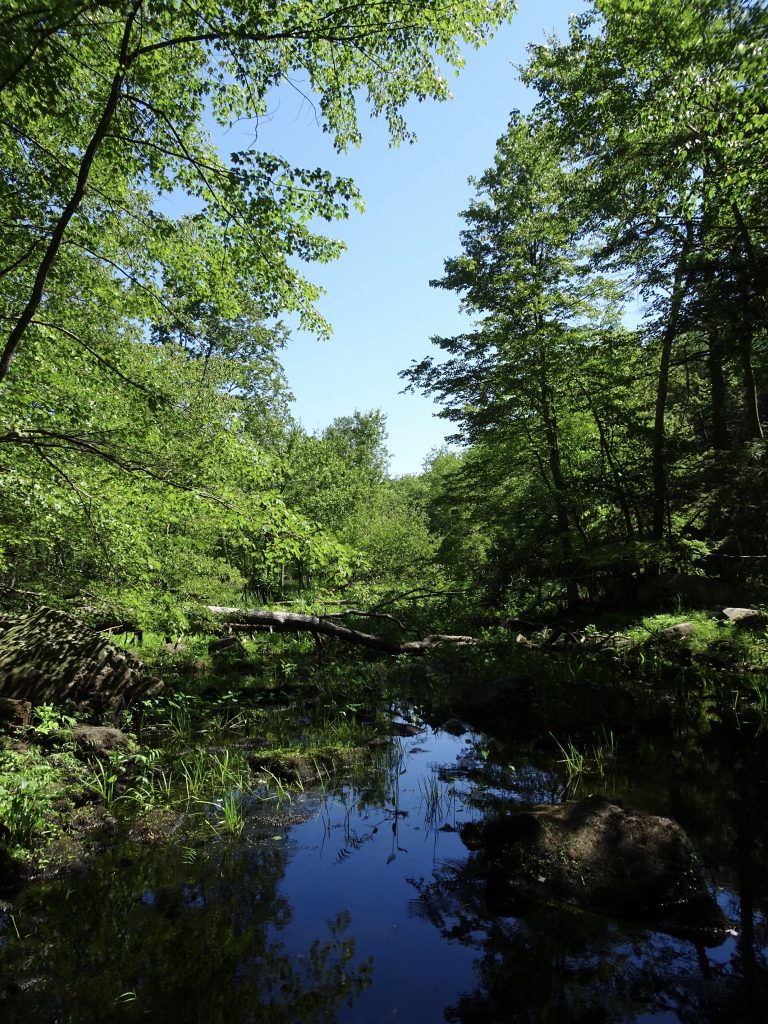
Another swamp…
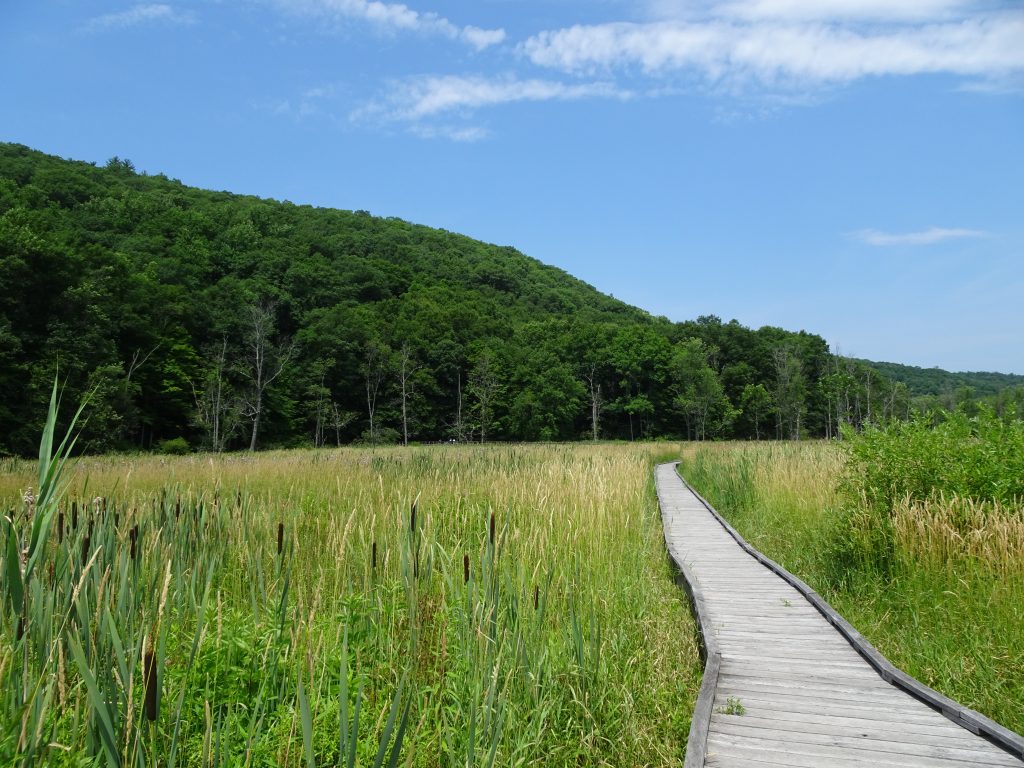
The Great Swamp
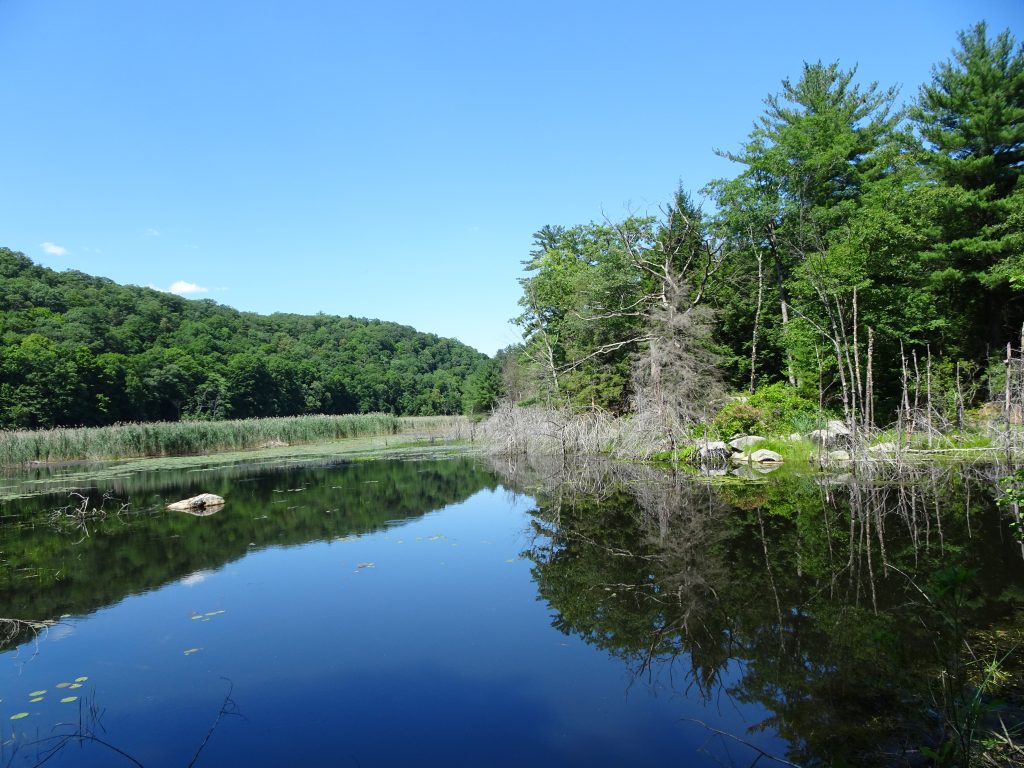
Mountain pond formed with help from the beavers
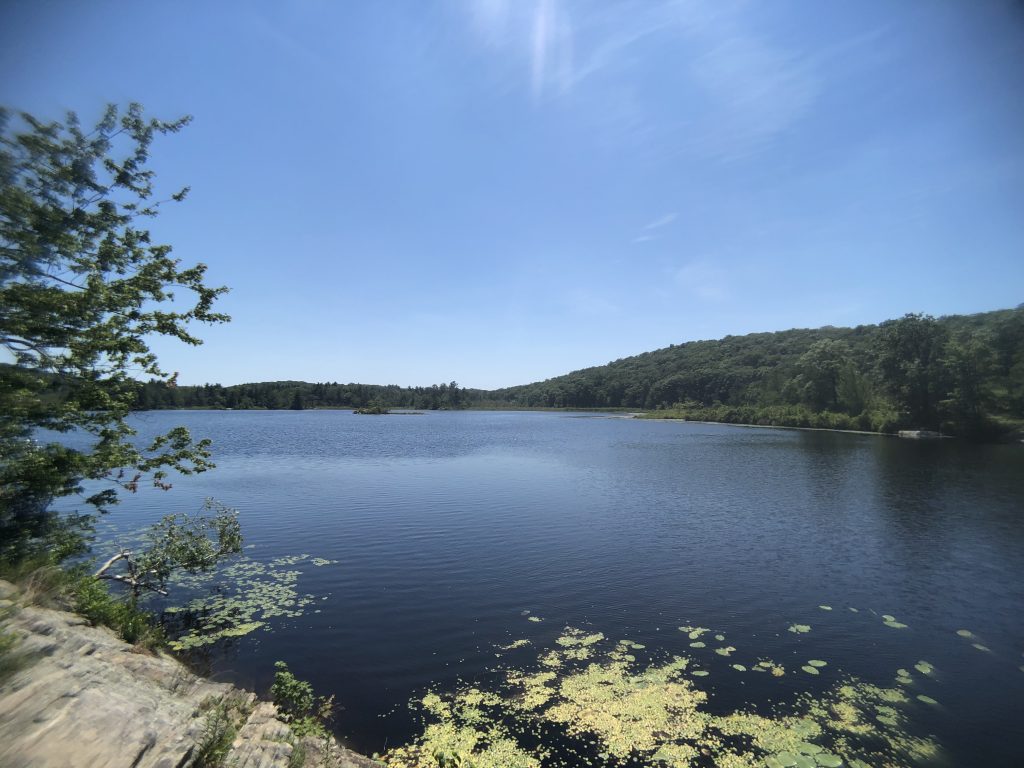
Island Pond
Ironically, considering all the lakes and swamps, availability of water was an issue on some sections of trail in southern New York. With the dry summer weather, even some sources listed in the trail guide as “reliable” were found to be dry. On one particularly “dry” day, I was muling just enough water to reach camp, but not enough to totally quench my thirst. Imagine my gratefulness and delight in discovering liquid “trail magic” at three road crossings. This was a lot of work for some trail angel.
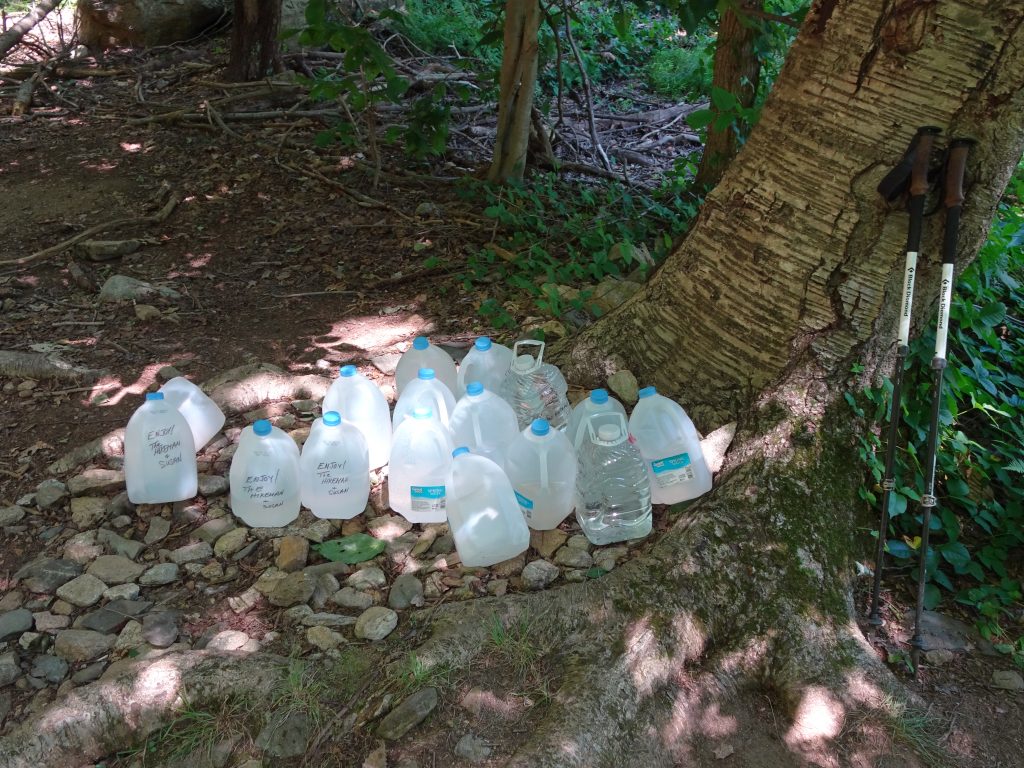
Trail Magic
In Pawling, NY, I passed the Dover Oak, the largest tree on the AT, having a 22-foot circumference. The second largest was the Keffer Oak that I passed back in Virginia. My favorite tree was neither of these but another huge oak, right next to the trail, just a few miles before the Dover Oak.
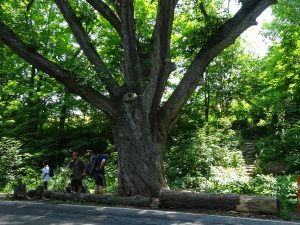
Dover Oak
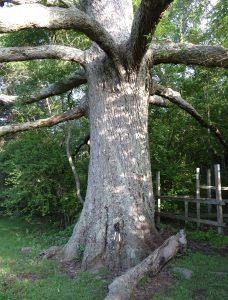
Keffer Oak
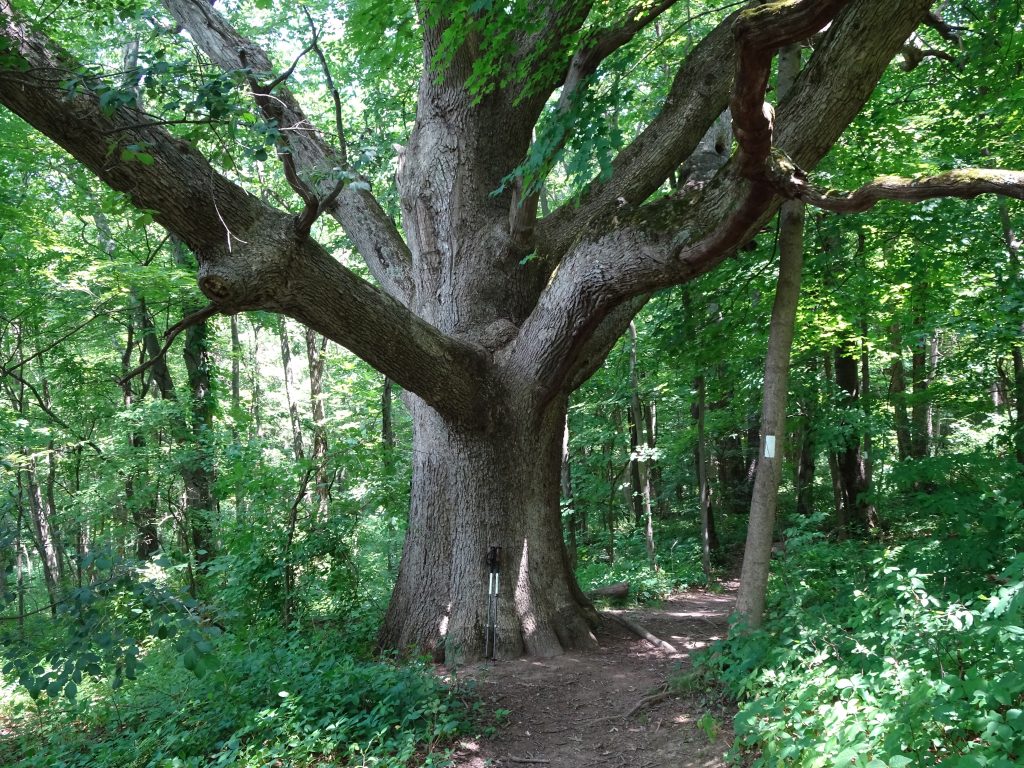
My favorite oak – Right out of The Hobbit?
Over the last several hundred miles, I am no longer coming across the “full service hiker towns” that were common farther south. Such towns would have hostels, one-star motels, laundromats, grocery stores, and sometimes an outfitter. While the towns in the North still seem friendly to hikers, they tend to be villages with maybe a restaurant or two plus a convenience store. Lodging, if available, is pricy by hiker standards.
To deal with this situation, hikers diligently study their trail guides looking for food, resupply, and lodging options. Sometimes one can find a restaurant or small grocery that is not “in town” but is within walking distance of a road crossing. I am always on the lookout for tenting options “with amenities”. Here are examples of such tenting opportunities of which I have taken advantage.
- Free tenting at the town pavilion/playground in Unionville, NY – Portalets. Two blocks from a pizza parlor and general store.
- Free tenting at the Franciscan’s Graymoor Spiritual Life Center – Portalets, Outdoor shower (cold), and wash basin for hand-washing clothes.
- Free tenting at Fahnestock State Park – Bathrooms with hot showers and flush toilets.
Since laundry opportunities are less frequent, I have lately been resorting hand washing. Typically, I only do a couple of items at a time, say, socks and underwear. I wash them under a spigot or in a stream, then hang them off my pack to dry while I hike.
This foundation is a part of a colonial barn which served as an inoculation station for the Continental Army during the Revolutionary War.

Revolutionary War Inoculation Camp
In a bold move, General Washington had ordered his entire army to be inoculated. To perform the procedure, doctors would make an incision in a soldier’s arm, then introduce fluids from an open sore on another infected soldier. This normally resulted in a much milder case of the disease with a speedier recovery and a lower fatality rate of about 2%. This may not sound like great odds, but Washington judged that this was better than letting the disease run rampant through his troops.
I continue to pursue the birds with my camera. This is a bird I have been seeing lately along the trail.
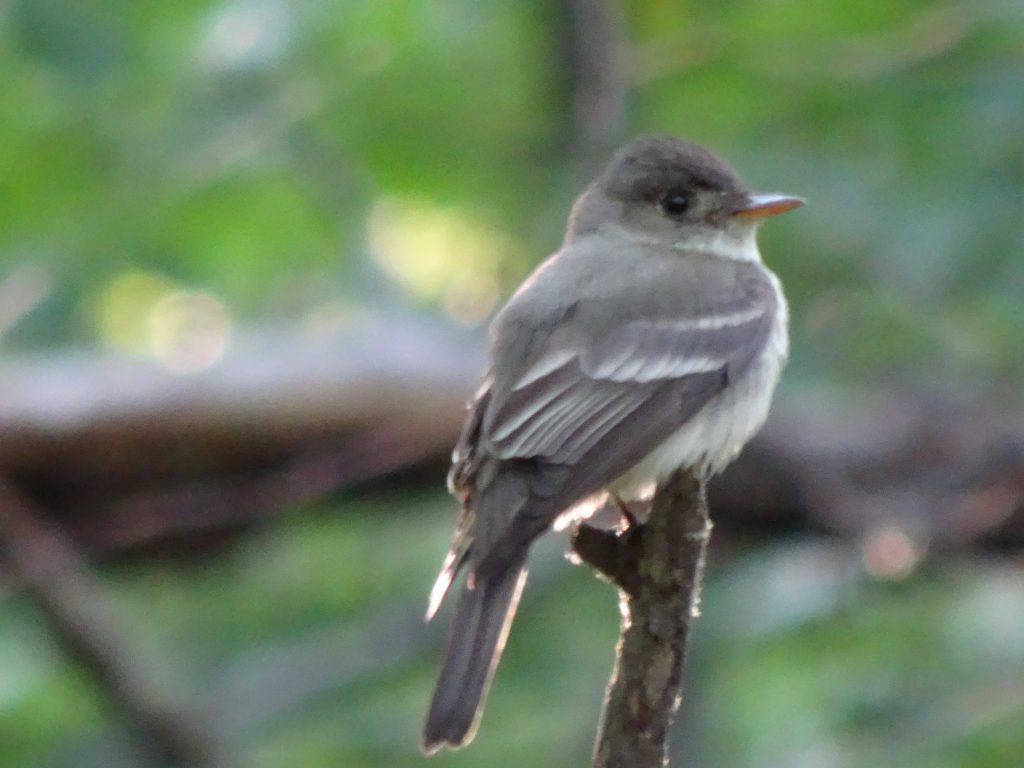
Eastern Phoebe
In honor of the New York swamps, I will stick with an aquatic theme for my flora and fauna. I photographed these two dragonflies, not realizing that they were male and female of the same species.
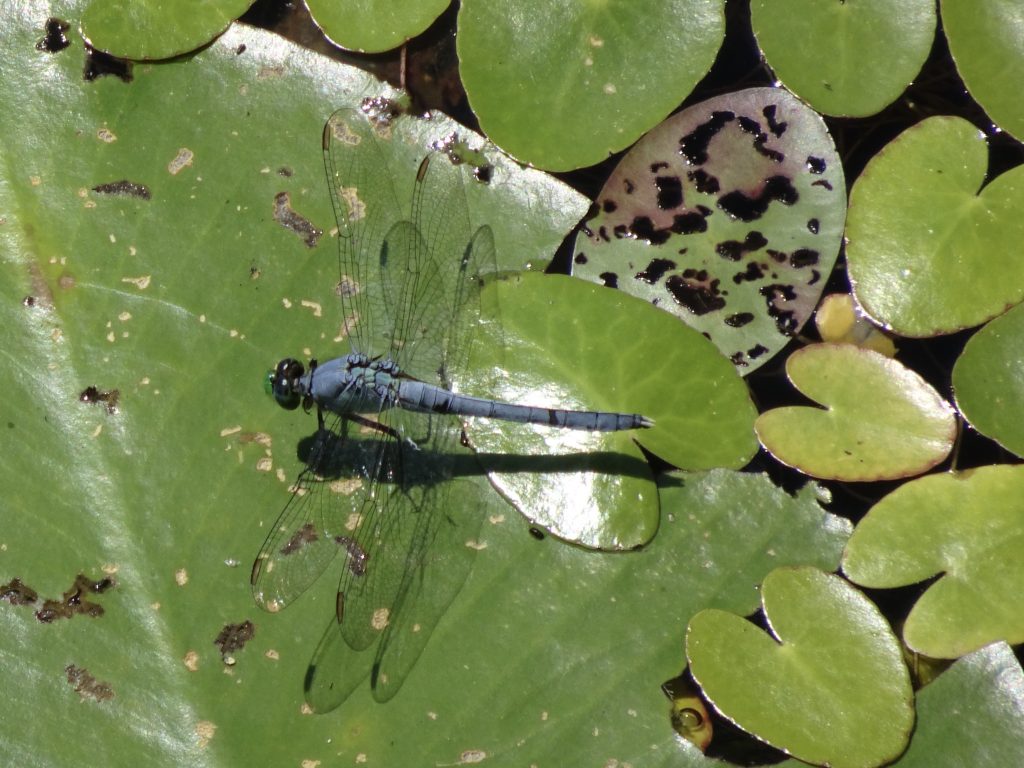
Eastern Pondhawk (male)
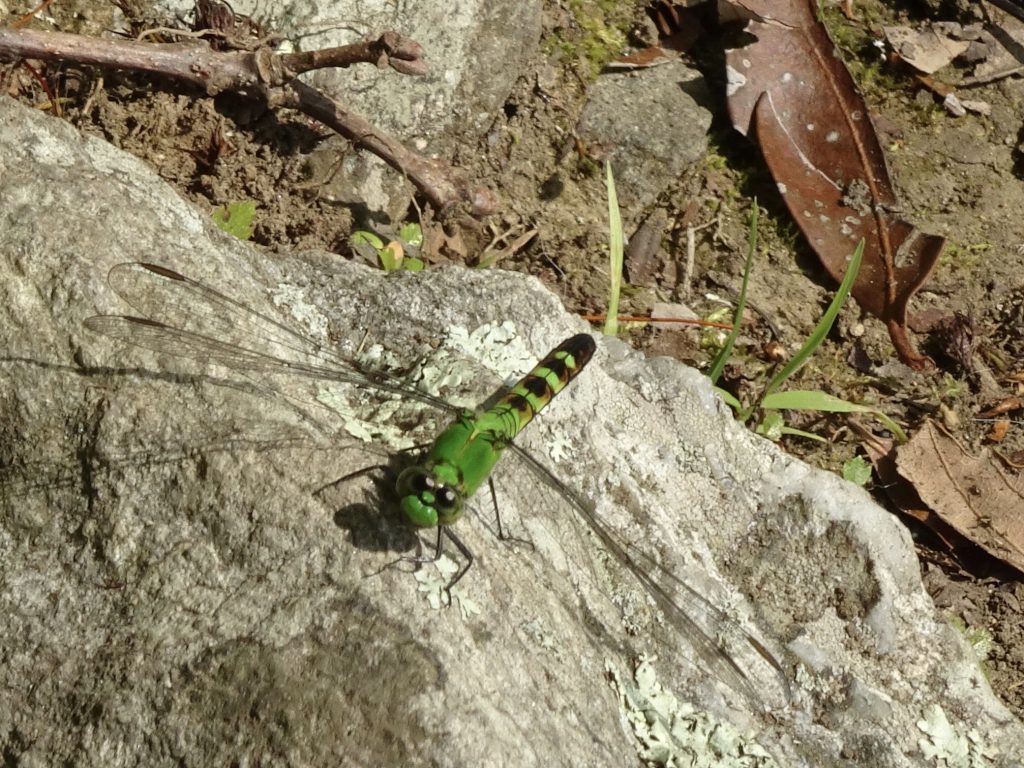
Eastern Pondhawk (female)
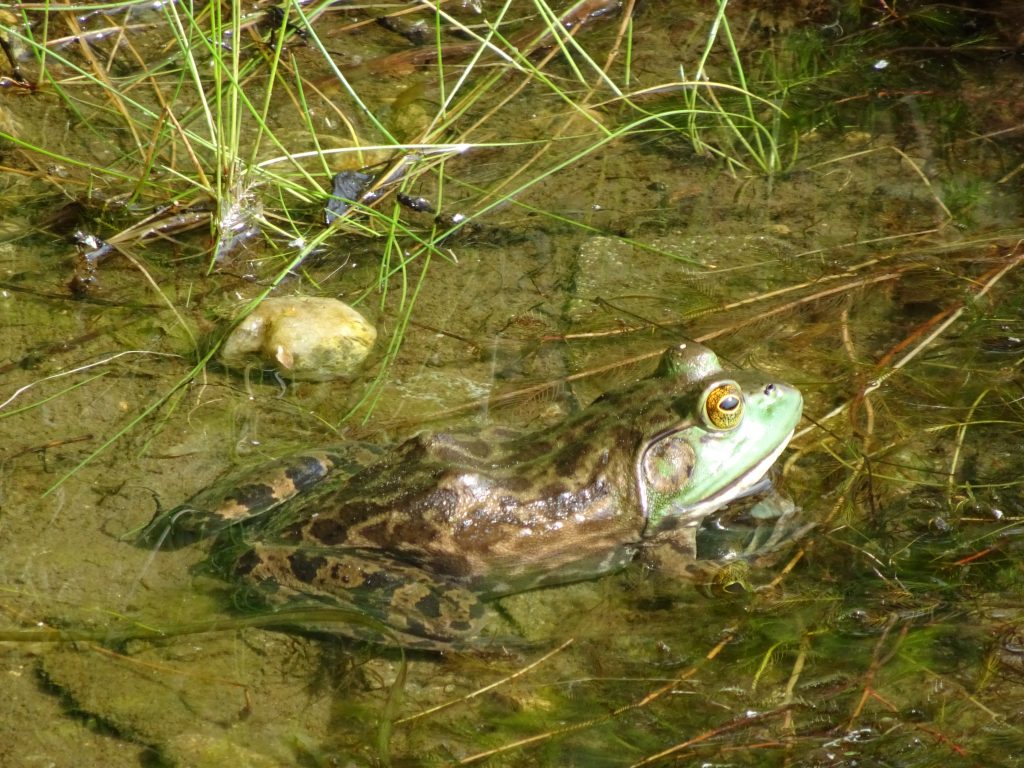
Leopard Frog
They say that Claude Monet had an obsession for painting lilies, but Mother Nature is the real master.
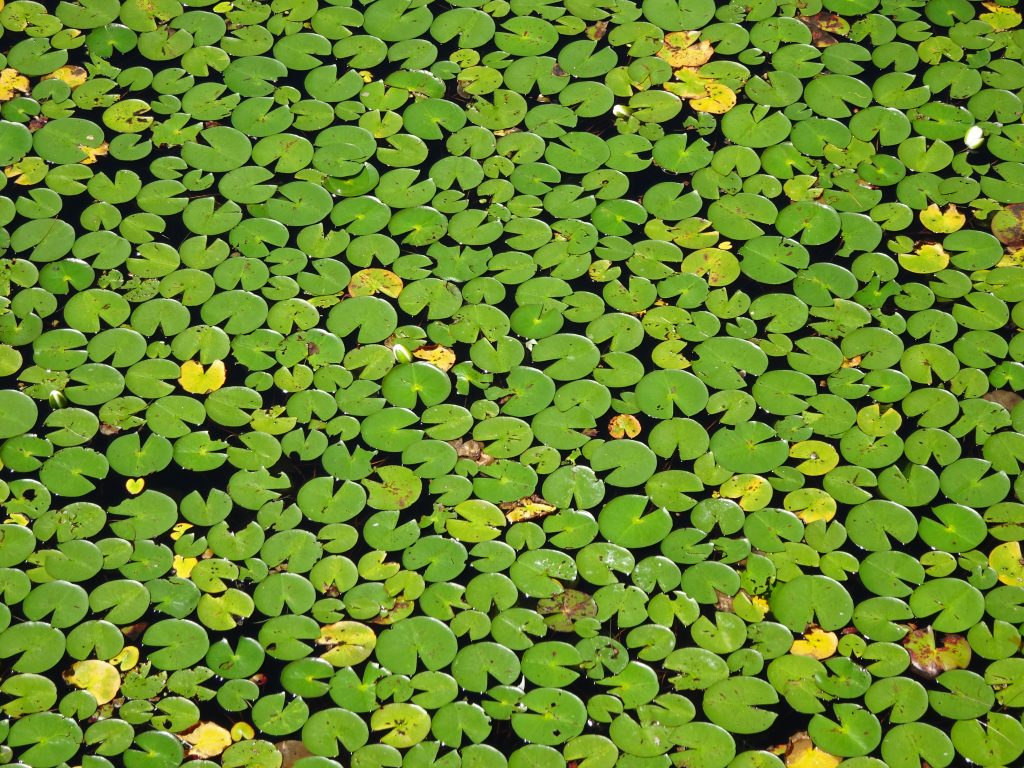
mosaïque de lys
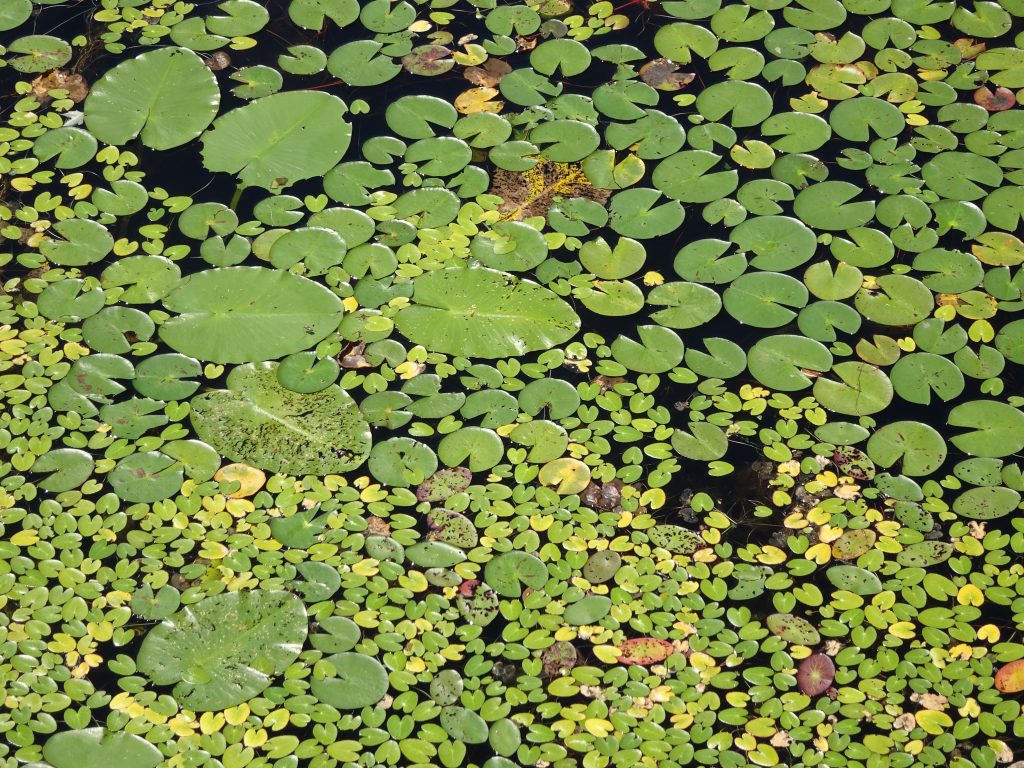
deuxième mosaïque de lys
If you’d like to receive an email when a new post is up on the blog, click the email icon on the bottom of the page to subscribe. Thanks for following!
